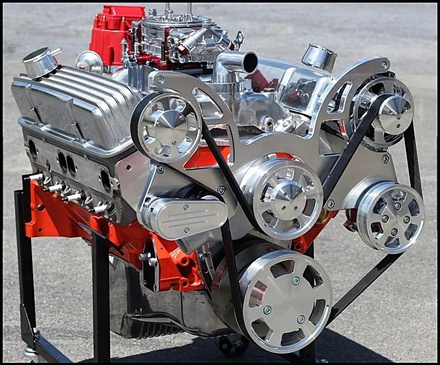
CHEVY TURN KEY SBC 383 STROKER STAGE 2.0 ENGINE AFR Heads 515 HP-SERPENTINE
Available
$9,495.00
Product Information
| UPC | 353414764375 |
|---|---|
| Product Type | Shipped Product |
| Shipping Cost | $435 |
| Number of reviews | 0 |
|
SBC CHEVY 383 CUBIC INCH TURN KEY ENGINE WITH A CVF 8 RIB SERPENTINE ACCESSORY DRIVE SYSTEM. 515 HORSE POWER.
STREET ROD SETUP.
STAGE 2.0 SERIES, HYDRAULIC ROLLER CAM RUNS ON PUMP GAS. FORGED PISTONS AND SCAT COMPETITION RODS, & CRANK, AFR Enforcer 200cc ALUMINUM HEADS .
*** IMPORTANT NOTE ***
You may add items into your shopping cart but in order to check out you will have to call us. Our check out feature on our website is being upgraded at this time. We can take your order over the phone and answer any technical questions you may have. We accept all major credit cards, cash, check, and money orders. Just give us a call at 423-722-5152 and we can process your order promptly. In the event you attempt to reach us outside of our operating hours, please leave us a detailed message and we will return your call at our earliest opportunity.The CVF 8 rib Serpentine kit is one of the highest quality setups on the market. All of the brackets and pulleys are made in the USA from billet aluminum. Many similar front accessory kits use a 6 rib design, and are made from cast/machined parts. We also offer this setup with an air conditioning compressor, and a power steering delete if desired. This accessory system comes in polished aluminum or powder coated black.
We also offer our engines with a lower cost basic front accessory kit, with electric water pump option and with no turn-key, (base) options at all. See all our engine listings.
The engine will come with your choice of the Champ large capacity oil pan or stock appearing model for those with clearance issues.
The chrome plated one wire CS alternator has a 140 amp output.
THE ENGINE IS COMPLETE FROM CARBURETOR TO OIL PAN. EDELBROCK PREMIUM PLUG WIRES ARE INCLUDED BUT NOT INSTALLED.
The carb is removed and shipped in its original carton.
Introducing our Turn Key Stage 2 Roller cam 383 cid 503 HP engine. The detailed build sheet is at the lower part of this listing, but we felt it important to summarize a few aspects about some of the parts used in this engine up front. Many of these parts are on the upper end of the scale as far as quality goes, considering this engine's price range. The use of such high quality parts will determine not only the performance, but the endurance and reliability expected. An example of such parts used would be our Genuine Scat 9000 series crank with an HD flexplate and Pro-Sport SFI damper, Scat rods with ARP cap screws, forged Wiseco pistons made from 2618 aircraft alloy, SA Gear Billet timing components, Melling M-Select series oil pump, Champ oil pan with windage tray, and crank scraper, Comp High Energy aluminum roller rockers, Howards brand 4130 chromoly pushrods, ARP 12 point head bolts, rod bolts, rocker studs and oil pump stud. All sealants used on the engine are Permatex, "The Right Stuff." Our engine builders all have a minimum of 20-40 years experience building very high level engines. Our machinery is the most advanced on the market. Our company founder, Skip White, is also very knowledgeable on the proper combination of parts used to maximize drivability, performance, and reliability to suit your individual needs. We seldom ever have serious problems with the engines we build. We know for a fact that most, if not all, of the similar priced engines on the market use very few, if any, of the higher end parts in their engines. Could it be possible that the higher end parts are not actually needed and their use is nothing more than "overkill?" We think not, considering we do try to keep costs down to make our engines profitable and affordable. Past experience tells us the use of these above average parts is very important if you want maximum performance, durability and reliability. Some lower cost parts used in many engines often fail early on, and perform poorly. So, please make a true comparison before making your decision on such an important purchase.
Continue reading for the full description of this engine. This engine is designed for street/strip use. Pump gas friendly. Two year warranty; see details below. This engine is designed to have a high level of drivability, or street manners as it may be referred to. The dyno numbers produced on our base engine were created with our cam choice # 1 and a single plane intake manifold with a Quick Fuel carburetor. Our test engine produced right at 503 HP at 6150 RPM; very impressive at that RPM range. Here are a few good reasons why we think the 383 engine is a better choice than the stock 350 engine. 1. The 383 will accelerate much better than any of the smaller cubic inch sbc engines. 2. The exhaust note from this engine is much deeper than that of any of the smaller cubic inch sbc engines. 3. Installing this engine in most cars or trucks without killing acceleration, or having to deepen the final gear, and needing a huge stall converter is a real plus. 4. Low maintenance with a high level of drivability. 5. Longevity and reliability. You don't have to turn the engine to a critical rpm range to produce its max hp output. There's nothing unsafe about running an engine that's well built like this up to 6200 rpm or less depending on cam choice. The hydraulic roller cam is very reliable and will not require a bronze distributor gear. 6. Should you ever decide to sell your car or truck with this engine, the resale value would be greatly increased as compared to those with a 350 engine. We do a full test run on every engine we build on a test mule. When you install the engine, you must verify that the timing is set at the correct value, and the fuel to air ratio must be verified. We also include an engine stand like the one pictured, wheels included, and an engine lift plate. The build sheet is as follows:
The bare block is a fully machined re-manufactured true GM late model roller block. 1 pc. rear main seal style and designed for street or strip applications. All internals and external items in this engine are 100% brand new. The compression range will be approx. 10.5:1 or less, depending on cam choice. This setup will certainly generate the highest horsepower when coupled with our cam choice # 1 or 2. We do not see any problems with a 10.5:1 compression range in light to medium weight cars. For those choosing cam choice 3 or 4, we will lower the compression ratio slightly. The lower compression is all that's needed with the smaller cam, and this further increases resistance against detonation to a great extent. Fuel requirements can be lowered to mid grade 89-91 octane with the reduced compression, but do also consider the many other factors that increase the need for octane, such as outside temps, altitude, ignition timing, vehicle weight, gearing, payload, etc. We would prefer that you use premium fuel regardless of what setup you choose. We're more or less on the thin line between mid-grade and premium fuel requirements with the reduced compression setup. This 4 bolt main bare block used for this engine is an OEM late model GM roller block that has been fully reconditioned/re-manufactured. The rotating assembly and all other parts except the block are 100% brand new. This engine is set up with your choice of several different hydraulic roller cams. The blocks used for building our Stage 2 roller cam 383 do have four bolt main caps.
These blocks will accept mechanical fuel pumps.
As you can see in the picture above, this is a true roller block.
Listed below are all the machining procedures performed on this block. These are 1 pc. rear main seal style. Mains have been line-honed to factory specs. This important procedure is often skipped, and failure to do this usually results in a short-lived build. Block has been bored and torque plate honed. The use of a torque plate when honing is a very important procedure, and many blocks on the market don't have this performed.
The block has been decked to approx. 9.020. It is desirable to keep the deck as thick as possible, so as little as possible has been removed to correct any deviations. Our pistons have a taller than normal compression height (1.140). This allows the piston to have a very good quench zone of around .038-.042. total including head gasket. Most catalog pistons sit much lower in the block, and this may be desirable when used in old blocks that have had the deck milled down many times. When installing such pistons in blocks that have a near stock deck height, the quench zone is very poor. We had our pistons custom made to address this issue. Keeping the quench tight not only makes more power, but protects the engine from detonation to a much greater extent than a loose quench/squish zone. The use of the 1 pc. rear main seal block is highly desirable, as they are highly resistant to leaks. These blocks are all from the roller cam era (approx. 1992-2001). Between 2005 and 2008, we built approximately one thousand 383 engines using this exact style of block. We had extremely good results and no failures. Over 50% of them were built as hyd. roller setups, and were putting out around 415-503 HP, depending on piston choice, cam style, and profile.
The advancements on the late roller blocks are many compared to the early style blocks. The only reason we stopped building the 383's with these blocks had to do with core availability. We never used the early style 1pc. rms non-roller blocks or 2 pc rms style to build engines, as we find them to be far past their prime.
We are now offering a flat rate shipping fee on this item, see details below. We do have this engine available in many variations of build levels, (bare block, short block, long block, and turn key). See our other listings.
The 1 pc. rear main seal engine will fit perfectly in cars that have early style 2 pc. rear main seal blocks. There is no difference in the engine mount position. All early style transmission bell housings will mount perfectly to the Gen 2 block. There are many advancements on the late style blocks compared to early style 2 pc. blocks. The cost of rotating assembly parts for 1 pc. rear main seal blocks is the exact same price as the early 2 pc. RMS Gen 1. This is the style block most people are choosing.
As you can see pictured above, the stroker clearancing has been performed at the bottom of each cylinder, as well as the pan rail area. This procedure was performed on a cnc machine for absolute accuracy and consistency. We have noticed some machine shops butcher these areas in the block.
Pictured below is the rotating assembly that comes in this engine. (file photo, actual parts may vary, see details below) The photos above and below are file photos. Actual appearance may vary. This picture is to give you an idea of parts used in the rotating assembly portion of this engine. All parts are brand new, first line, unblemished, and balanced in house. READ THIS LISTING COMPLETELY BEFORE YOU BUY ELSEWHERE! ********************************************************** Crankshaft Specs.
Connecting Rod Specs.
Piston & Ring Specs.
Bearing, Damper, and Flexplate Specs.
Our custom made Wiseco pistons are made using the 2618 aircraft alloy and have fully machined crowns. The Wiseco forged pistons are rated very high in the street/strip performance industry. They
are made using the 2618 aircraft alloy and have fully machined crowns. We prefer the 2618 alloy over the lower cost 4032 alloy. This alloy may fragment from the effects of detonation and if this happens, it can be very destructive to the engine.
Those types of pistons are fine for stock or mild engine builds, but should never be used in carbureted engines built to high horse power levels.
The forged 2618 alloy piston is much more resistant to the effects of detonation and heat.
Our Wiseco Forged pistons are custom designed with an increase in compression height. This has many advantages. Here are a few facts about compression height and deck height. Our custom made pistons have a compression height that is .010 taller on bbc pistons, and .015 taller on sbc pistons, as compared to most all of the catalog pistons on the market. We find this to be a very valuable feature. Since our pistons sit at a taller than normal compression height, we only have to remove approx. .005-.010 off the deck surface of the block. Our goal is set the piston at zero deck (flush with the deck surface). This maintains the deck's thickness, making it much stronger than a block that has been cut down .025. The engine will also run a bit cooler with a thicker deck. It's well known that the deck dissipates much of the built up heat an engine generates. This also allows for future deck re-surfacing without compromising the integrity of the block. On our bbc engines, we actually leave the piston about .003 to .005 in the hole to allow for possible piston rock. Our sbc engines will have the pistons setting right at zero with the deck. You may have noticed that our Wiseco custom made forged pistons are referred to as Racing Pistons on the package. This does not mean that the pistons are for racing only. This is a generic term, referring to their ability to be used in high performance applications as well as for street rod use. These pistons are perfectly designed for use on the street, as well as for medium to upper level drag racing.
We have built approximately 5000 engines using the Wiseco pistons. The engines have been for street rod and strip use. We have seen no problems, nor have there been any complaints. They are an excellent product in every respect.
These pistons are also suitable for use with nitrous or blower setups. The picture below is a generic file photo of a Scat crankshaft. Some of the benefits of the Scat crankshaft: The material used in this crankshaft is manufactured from an exclusive Space Age material that was designed for high strength and fatigue resistance. The Scat cranks are the best value you will ever find. The Scat crankshafts are the best way to build a strong bottom end for, street rods, dirt and circle track racing, and drag strip racing. Crank Polishing. Pictured below is our ABS crank polishing machine in action. We polish the crank on every engine we build. This extends bearing life, keeps oil cooler, and with the reduced friction, a slight increase in horsepower is gained. Many machine shops fail to do this. The finish on most cranks are at the bare minimum of acceptance, and we know this can affect bearing life. We have measured the RA finish with our profilometer, and found it to be as high as 25 RA finish on many of the cranks. We bring that number down to below considerably.
We now use the Clevite bearings in our engines. Scat Connecting Rods Genuine Scat Competition Bushed Rods with ARP 12 point 7/16" cap screws are now used in all of our rotating assemblies and 383 Stroker engines. As seen the in close-up picture below, Scat Competition rods have a very solid build quality. The quality of the Scat rods is unsurpassed by any of the low cost no-name rods on the market and they exceed the quality of some of the branded names as well. The Scat Pro-Comp extreme duty I-beam rods should not be mistaken for ProComp rods. These rods are made exclusively by Scat, and have nothing to do with the ProComp company. The critical sizing and installation of the ARP cap screws is performed on a Sunnen machine in the USA by Scat Industries. These rods are excellent for those wanting the extra security offered by a rod with 7/16 ARP cap screws. Take notice of the design of these rods. They are far superior to conventional style I-beam rods. We are now using this rod in all of our Stage 4 and up SBC engines. We also use this rod in our big block 540/555 engines, making approx. 700+hp If you do a search on the Scat Pro-Comp rods, you will find a vast amount of info on many car forums. All of the info is 100% positive. These rods are run in engines that not only produce high horsepower levels, but also run at continuous RPM. Notice the general appearance in the pictures. These rods do look impressive. The style is reminiscent of a steel billet rod. The fact that these rods are incredibly strong and well made, coupled with the fact they are light weight and offer better clearance than any H-Beam rod on the market, made it an easy decision to use them in all of our high horsepower street/strip engines. The Scat rods do have genuine ARP 8740 Series 12 point cap screws. These rods offer excellent block clearance in the lower end of the cylinders. Full base cams will require a considerable amount of clearancing. We strongly recommend using a reduce base cam with this assembly. Be sure to do a roll over test after installing each rod. Genuine ARP 8740 cap screws are used in all our Scat Rods. Pro-Sport harmonic SFI damper, 6.61 diameter, included.
The SFI Pro-Sport damper Offers an extreme level of safety against breakage, and is very resistant against slippage of the elastomer damping material. SFI dampers are not only made from a better grade of steel, they are also constructed differently and have a much better appearance. They usually last much longer than a non-SFI damper. Many drag strips require this on engines producing high horse power levels. The SFI certification is laser etched into the side. Damper failure rates are much higher on engines using a non-sfi damper coupled with hp ratings exceeding 450 and turn 5600 rpm or higher.
BILLET ALUMINUM TIMING POINTER. VERY FEW SELLERS FINISH OFF THEIR TURN KEY ENGINES AS WE DO.
We did not offer this billet timing pointer in the past. However, we noticed that there was a birds-eye view of the timing pointer from the driver side of the engine, so we decided to use these on all of our engines. HEAVY DUTY SFI RATED FLEXPLATE MADE IN THE USA INCLUDED. This SFI flexplate is made in the USA and will resist cracking and warpage to a very high degree. One good telltale in identifying a low quality flexplate is the lack of welding on each side where the plate mates to the ring gear. They usually have a pale grey color to them, as they are not coated, and will rust quickly. Ours are welded on both sides, and are much thicker than an OE plate, and are zinc dichromate coated. We do offer this engine with a manual flywheel. In most cases we do have both sizes, 153 and 168 tooth, available. Our CWT 5500 Balancer. We do our own balancing with our new state of the art CWT 5500 Series balancers. The CWT 5500 is the ultimate for precision balancing. We now have three of these in our machine shop. We consider this machine to be highly advanced compared to the Hines balancer used by most others. We balance the rotating assembly to 2 grams or less. A balance sheet is included with your engine. Three new CWT balance machines under one roof is a rare sight. Our crew wrapping up for the day. Pardon the mess.
AFR Enforcer 65cc 200cc ALUMINUM HEADS
The AFR Logo's clearly display the true mark of excellence that these heads are known for.
In the flowchart below, the AFR Enforcer heads are superior to the Procomp/Speedmaster heads in flow rates, and also edge out the Dart SHP heads on the intake side. The intake numbers are far more important than the exhaust. The overall average flow numbers on the AFR heads are higher than most any brand of non cnc'd cast aluminum heads on the market of an equal runner size.
Notice the intake ports on the AFR Enforcer heads. They allow for a perfect fit with most intakes on the market. Our engines all include an intake manifold. The picture below is one of our engines in the build process.
The difference in horsepower and torque generated by the AFR Enforcer heads is monumental compared to any of the low cost sbc heads on the market.
Assembled by AFR with premium metric competition grade valves, Pacaloy dual springs, Viton valve seals, Comp spring ID locators.
Head gaskets are Fel Pro 1003 premium race grade series, and ARP head bolts, and rocker studs.
Comp Cams High Energy Aluminum Roller Rockers.
Important notice. If you've read our warning on engine builders using low grade no-name rods and cranks, a similar situation exists in the roller rocker market. We do not use or sell non branded, (no-name) roller rockers, period. They have proven to be faulty in many ways. The center trunnions are not polished, nor is the center of the roller tip true to size or polished. Metal fragments are often left inside the trunnion housing and will cause destruction of the needle bearings. The pins and keepers that hold the parts together are often of poor quality and improperly installed. The front roller will usually scoot along the valve tip, as it can't roll properly due to rough internal surfaces. We have honestly seen valve tips that were scalloped out due to the front roller dragging across them. This will cause the valves to side-load against the valve guides in the heads and surely cause damage to them if run like this for very long. We have scrutinized these products in the past and found all of the above problems, and I can tell you there are most likely many more. We would not use them in an engine under any circumstances. You will also see many of these rockers made from stainless on the market. They use a low grade stainless that actually has a near non-existent amount of nickel in them, but that's not the real problem with them, as stainless steel has no advantage over high grade heat treated steel when it comes to a roller rocker. The lack of hardness of the rocker body is the real problem. The problems with these stainless rockers are the same as mentioned above. These are the roller rockers you see on the market for around $119 and up to $169 for the so called stainless ones. They are pure junk, in our honest opinion. They could possibly be used on a budget back yard stock build up that has a very low spring pressure, with a cam that has very low lift, but then you would be better off with the stock stamped rockers on such a build. We have heard of many engines using these rockers that came apart and spilled needle bearings into the engine, only to end up in the oil pump. It seems like some engine builders do not care how long the parts in your engine last, or they simply don't know this. I can tell you for sure that using such low grade, "no-name" roller rockers is asking for trouble. We use Comp High Energy, Comp Ultra Pro Magnum, Comp Gold Arc, Scorpion Race and Endurance Series rockers in all of our engines. The difference in these compared to the low grade no-name rockers on the market is huge. Delphi Anti Pump up lifters.
We have had a vast amount of experience with the Dehphi hydraulic roller lifters. They are a good quality lifter and work well in our engines. Howards Brand Chromoly One pc. Pushrods.
Howards brand are the only type of pushrod we use in our engines. Made in the USA from 4130 chromoly steel. Regular hardened pushrods will most likely flex in the engine when running above normal RPM ranges, and risk bending under high RPM. These do not have the welded ball on the end. We only use the swedged one pc. design, which is a well proven design far superior to the style many others use in engines. 4130 chromoly steel is also much stronger, and will resist flexing. When a pushrod flexes in the engine, you lose lift. Don't be misled by the term "hardened," as this is nothing more than a stock style low cost push rod. They will flex in the engine or possibly bend permanently. You have a choice of single or dual plane intake. The single plane intake (1st pic below) should only be used on cars that are very lightweight and have good hood clearance. We now offer the single plane intake in aluminum with a black finish as a $49.00 upgrade. Dual Plane Intake shown below. This is a large runner dual plane intake. They make excellent mid range power. Pictured below is the Edelbrock Performer EPS dual plane intake. If you're going with cam choice # 2 or 3 and require more bottom end power, we strongly recommend this intake. This intake offers incredible low end response and has excellent hood clearance for those installing this engine in a C3 Corvette with a non-cowl stock hood. 304 STAINLESS ALLEN HEAD INTAKE BOLTS ARE USED ON ALL OUR ENGINES. We are offering several cam choices listed below in this engine. Read the specs carefully. Cam Choice #1
Special Grind # 33161
PART NUMBER: 08-000-8-11323
520/540 lift
236/242 duration 110 lobe sep. Comp Cams SBC Xtreme Energy Step Nose Hydraulic Roller Camshafts. This cam choice, coupled with our single plane intake and our -7.5cc forged pistons with 1.5 rockers, will produce right at 503 horsepower at approx. 5,900 RPM. We recommend the dual plane intake for better drivability, and throttle response. The dual plane intake will move the torque down lower in the rpm range. The single plane intake would allow the engine to make its peak advertised horsepower at the peak rpm, but these type intakes move the torque band higher up in the rpm range. Expect a slight loss of top end power with the dual plane intake, but low speed drivability and cruising are greatly improved. If you car is in the lighter weight range and has a decent final gear, (3.55-3.73 or numerically higher), then you may select this build with our flat top pistons and 6 inch rods at no additional cost. The compression range is a bit on the high side, but considering the flat top pistons allow much better combustion, detonation is really not a problem. An octane boost additive would be recommended.
The single plane intake is not recommended for use in vehicles weighing over 3,800 lbs unless your vehicle is set up with a somewhat deep final gear, (3.55-3.73 ratio). Our cam timing components were left in the straight up position. Ignition timing was set at 34 degrees total and 93 octane fuel was used. During very hot weather, total timing should be set at 31-32 degrees. A final gear of approx. 3.73 or numerically higher, and a stall of approx. 2,500 would be the bare minimum. Preferably a stall speed of approx. 3,000 to 3,200 would be highly recommended, especially if you have chosen this setup with a single plane intake.
Below are our dyno results on one of our 383 engines with this cam choice with a single plane intake and the 1.5 rockers. Results will vary depending on intake and rocker choice. The horse power numbers will usually improve anywhere from 5-10 HP more than what the dyno results show after the rings have fully seated.
Official Dyno report on our 383 engine with this cam choice, a single plane intake with 1.5 rockers, a Brawler carburetor, and an HEI distributor.
Important note.
If you choose cam choice 1 with the single plane intake combination, it is highly recommended that you upgrade the ignition system to an MSD Pro Billet distributor and CDI unit. You may also want to upgrade the carburetor to the Brawler dual pumper series. The acceleration and overall performance is greatly enhanced with the Brawler mechanical secondary carburetor. These important upgrades are essential for improved tuning, idling and overall performance. If you do decide to use the MSD Pro Billet distributor, we suggest you use the black timing degree bushing to increase the initial timing and possibly the lighter springs to control how soon the mechanical advance comes in. You may even "lock-out" the distributor, depending on your car's overall setup. The CDI unit will make a huge improvement in how the engine runs at idle and low speed cruising, as well as high rpm operation.
Cam choice #2
Special Grind # 33151
PART NUMBER: 08-000-8-11480
510/525 lift
230/238 duration 111 lobe sep. Comp Cams SBC Step Nose Xtreme Energy Hydraulic Roller Camshafts.
This cam choice is the perfect all around setup for those wanting a decent bottom and mid range while still generating excellent power at the top. Horsepower rating would drop off by approximately 25 with this cam when using the single plane intake and 1.6 rockers. This setup will generate its peak power at approx. 5600 RPM and this can vary depending on rocker and intake choice. Vacuum is increased with this cam compared to cam choice 1. If your car is in the medium weight range or up to approx. 4,000 lbs, and you want slightly better streetability, then this is a very good cam choice. You still want to keep the final gear ratio at 3.55 or numerically higher. You may choose 1.5 or 1.6 rockers with this cam, but we recommend the 1.5 rockers if you would like to further improve low end response. A stall converter in the 2500 rpm or higher range would be suitable for this setup. This cam should be paired up with the dual plane Crosswind intake for better drivability. The single plane Hurricane can be used, but the dual plane will have much better bottom end and mid range response. You can also expect a longer valve train life with this cam compared to the larger cam choice. This cam will also have a lopey idle, but not as radical as the larger cam above.
Official Dyno report on our 383 engine with this cam choice, a single plane intake with 1.6 rockers and a Brawler 750 carb. Cam choice #3
PART NUMBER: 08-000-8-13436
498/502 lift
220/226 duration 111 lobe sep. Comp Cams SBC Step Nose Xtreme Energy Hydraulic Roller Camshafts. This cam choice has a lower lift and duration than the others offered above, and is highly recommended for use in heavy cars or full size sport trucks. The low end response and mid-range power with this cam is very good. Horsepower rating would be approx. between 405-420 depending on intake and rocker choice. The rule of thumb for cam size: the smaller the cam in a given application, the better will be the low end response. One more benefit to the smaller cam is the reduced requirements for lower gearing and higher RPM stall converters. A final gear ratio of 3.30 would be acceptable with this cam. This would be the only cam choice for running an overdrive transmission such as the 700R4 cruising at around 2000 RPM in overdrive. A stock stall converter may be used with this cam, but for improved acceleration, a 2000-2250 stall is recommended, especially in heavy vehicles with a tall final gear. If you are running an overdrive transmission, then choose this cam with the 1.5 ratio rockers, and the Edelbrock EPS intake. Valve train life is greatly extended with this cam as compared to the others, and drivability is at its best. Low and mid throttle response is very strong. This cam choice will also produce the greatest amount of vacuum at idle compared to those listed above. You may run power brakes with this cam. This cam is best paired up with our Edelbrock EPS intake. This particular intake is offered at no extra cost. The EPS intake actually has amazing off idle power compared to any of the larger runner dual plane intakes. This intake is the most practical intake to select when you use this cam. Fuel mileage would be at its best with this cam and the EPS intake. We also run a lower compression piston with this combination, making the engine less prone to detonation. Official dyno results with this cam, 1.5 rockers, dual plane EPS intake, SL-600 carburetor, NKB heads, and an HEI distributor. Notice the rpm range where we started this dyno run with this cam. We are unable to start a run at this low of an rpm with any of the larger cams used in a 383 engine. The torque numbers this cam produces in the off idle range would be far greater with this cam and intake combo than with any of the larger cam selections.
THE CAMS LISTED WILL COVER MOST NEEDS FOR ANY STREET ROD OR SPORT TRUCK.
Quick Fuel Technology (QFT) has engineered its new Slayer series vacuum secondary street carbs with all the features. The Slayer is not some stripped-down off-shore QFT copy, it features the same QFT race engineering, all-aluminum construction and hand-built quality that goes into all QFT race-winning carburetors. The Slayer's incredible value is made possible by QFT's new CNC machining centers and the unique design that utilizes a secondary metering plate with changeable jets, eliminating the costly secondary metering block unneeded for most street/strip cars. The majority of fine tuning on a street carburetor is done on the primary side, and the Slayer provides all of the popular options: changeable idle air and high-speed air bleeds, 3-stage emulsion circuits, changeable primary idle feed restrictions and power valve restrictions. A truly welcomed feature is the QFT QuickSet adjustment on the vacuum secondary diaphragm that provides a quick external twist adjustment without changing springs. Secondary metering can be altered with changeable main jets and the secondary float is also notched for jet extensions.
Additional features are a fully adjustable electric choke, and a semi polished finish that will improve any engine compartment. The Slayer 750 cfm (Part # SL-750-VS) features a 1-11/16" throttle bore and a 1.375" venturi. Using fuel systems that other than what is offered in this engine package, may affect your warranty. Pictured below are some of our most popular valve covers. They are fabricated aluminum, and very high quality. You may select from any of the valve covers we have listed at no additional cost for your engine. The satin covers below are by far the most popular. RETRO STYLE FINNED. OUR SECOND MOST POPULAR CHOICE. THE RETRO FINNED VALVE COVERS CONTRAST NICELY WITH THE CHROME AND POLISHED ITEMS.
Billet Aluminum Breather set. If you chose cam choice 1 or 2, then we highly recommend using an exhaust evac. system. The vacuum created by the engine is somewhat insufficient when using these larger cams, heads, carb and intake to operate a pcv system at its best. The exhaust evac system will pull the crankcase gases out of the engine at a very smooth and controlled rate. This allows the rings to seat in much faster and better, and can increase horse power to some degree by reducing crankcase pressure. Another benefit of the evac system is that you're not contaminating the fuel and air mixture with semi-burned byproducts from the engine oil and combustion process. After the engine is completely broken in, the pcv setup may be sufficient. However, it may not be the best choice. The break-in time may also be slower with the pcv setup. We also offer a vacuum pump system for the ultimate in crankcase pressure control. If you do decide to use an exhaust evac system, we have a few more recommendations. The bullet style perforated mufflers, like those made by Magnaflow and many other companies, must be used. In our opinion, they sound the best and, most importantly, they allow the exhaust evac system to work properly. Magnaflow is a popular brand of the true straight through mufflers, and there are several other brands on the market such as Corsa, Borla, and Bullet. The sound level is controlled by the length you choose. The 12-16 inch length sounds the best to us. These mufflers have smooth perforated inner walls. They should not be confused with traditional glass packs with fluted walls, which are very restrictive and have a somewhat sloppy sound. Traditional chambered mufflers, like Flowmaster, create a back pressure pulse that will interfere with the operation of an exhaust evac. system. Chambered mufflers have the reputation of helping bottom end throttle response, but you will have a decent amount of bottom end power with this engine, especially if you have chosen cam choice 2, 3 or 4. In our experience, the straight through perforated mufflers sound and perform better in every respect, and allow the proper use of an exhaust evac. system. More info. on this subject below.
Timing components: SA Gear 8999T billet double roller timing set. Polished Aluminum Timing Cover. We use the top of the line SA Gear timing set with a torrington bearing and rolon chain. The difference in quality is dramatic compared to the common low-cost timing set. The upper sprocket is made from billet steel and the lower is induction hardened with nine keyways. These sets are hand matched for selective sizing. The cost on this high end timing set is approx $125.00, more than double the cost of the low level budget timing set used by many other engine builders. Should you ever want to confirm that this is what is actually in your engine, you can remove the timing cover, and you will see that this timing set is very different in appearance to the run of the mill low cost sets often used by others. This timing set is offered in three different chain tension setups, allowing us to set it up perfectly every time. One more benefit is that timing accuracy is very precise and will remain that way. This timing set will likely last for the life of the engine. This is what you will find in most solid roller engines, as they have very high spring rates, and create an enormous load on the chain and gears, compared to non solid roller setups. It may seem like a bit of overkill to use such a high end timing set, but the versatility and extreme quality outweigh the cost, in our opinion. Champ premium oil pan. If your engine is equipped with the 7 qt. Champ oil pan, it has kickouts that swell outward approx. 3 inches on each side. If you think you will encounter clearance issues with the kickouts, we recommend opting for the stock appearing 5 qt. oil pan. The 5 qt. pan will still be a Champ pan and will have the windage tray and crank scraper. We strongly recommend reducing the amount of oil used in these oil pans by approx. 1/4th of a quart. Doing this may reduce the chance of oil leaks and reduce oil temps. The larger counter weights used on stroker crankshafts are why we recommend reducing the oil capacity in these engines. The higher capacity 7 quart oil pan is an optional upgrade on some of our engines. To be clear on what we're saying, we would like to see you add right at 6.75 quarts of oil grand total in your engine and oil filter when using the higher capacity oil pan. When using the stock appearing oil pan, we would like to see you add right at 4.75 quarts grand total in your engine and oil filter. Our engines include a dipstick. It's very important that you re-calibrate the oil level marking on the dipstick. This is due to the fact that the dipstick, oil pan, and block are all made from various manufacturers and we often see great variances. Couple this with the fact that you may be running a reduced amount of oil, and the "full" mark on the dipstick will most likely not indicate correctly. Once you have put a predetermined amount of oil in your engine, and run it for a few minutes, let it sit for awhile on level ground, check the oil, and mark your dipstick with a flat file to re-establish the full mark. We do not use the knock off oil pan gaskets on the market. Felpro premium oil pan gaskets are used on all of our engines. Pictured below is a file photo. The actual Felpro gasket used will be the correct model for this application. We use our premium studded mini nut set on all of our oil pans and valve covers. The nuts have a serrated face and built in washers. This is the ultimate set for securing the oil pan and valve covers to the engine and is far superior to the typical bolts used by most other engine builders. Our standard engine color is black. Custom paint work on engine blocks and oil pans is available as an optional upgrade. The pictures above and below are file photos to display the studded mini nuts. Other items seen in these pictures may not represent your actual engine. Melling M-Select Oil Pump, and M-Select Drive rod with ARP stud. 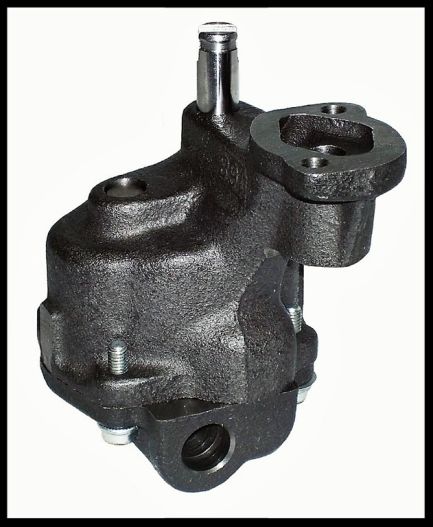 
The M-Select series oil pump by Melling has several important upgrades compared to the regular Melling M-55 Series. The gears are billet steel, and the body is stronger, coated with corrosion-resistant nitrite. This oil pump also includes the M-Select drive rod. Both components are far superior to the regular Melling oil pump and drive rods used by most other engine builders. EDELBROCK MAX-FIRE ULTRA-SPARK 50 OHM UNIVERSAL SPARK PLUG WIRE SET AND OUR MSD STREET FIRE HEI DISTRIBUTOR ARE INCLUDED. The Edelbrock Max-Fire Ultra Spark wires are premium grade wires. They have the same specs as the top of the line MSD Super Conductor wires. The Edelbrock wires have a 50 ohm impedance per foot rating and are 8.5 mm in diameter. As you may know, plug wires come in many different grades. These wires are on the high end of the scale. They are also totally suitable for use with HEI distributors and capacitative discharge ignition systems such as the MSD Pro-Billet distributors that run the 6AL box. Most of the lower grade wires on the market have a much higher level of resistance and are usually only 8.0 mm diameter. The lower the ohm rating the better. Edelbrock wires are 100% made in the USA. The plug wires are included but not installed on the engine. Due to the many different style headers being used, we will send the universal wires with the engine for custom fitment. The wires are available in red or black. If your vehicle is a pre 75 model that came with a point style distributor, you may encounter firewall clearance issues with the MSD HEI distributor. If you think you are going to encounter this problem, then you should upgrade to the MSD Pro-Billet distributor. This unit will clear any firewall. You will need a CDI box such as the MSD 6AL and an external coil when using the MSD Pro-Billet distributor. We offer these systems in our other listings. The MSD CDI system is far superior to the regular HEI distributor in many ways. We strongly recommend it. The plug wires are included but not installed on the engine. Due to the many different style headers being used, we will send the universal wires with the engine for custom fitment. The MSD HEI distributor will be installed in the engine. MSD STREET FIRE DISTRIBUTOR. The MSD Street Fire HEI distributor is a far superior unit compared the low cost HEI unit on the market. The failure rate is near non existent. We find the advance curve characteristics also to be more in suitable for street rod engines. We have also noticed that the degree span from initial to total timing is a slightly closer, approx. 18 degrees variance. This allows the engine to have more initial timing when operating at low speed without the use of the vacuum advance. The MSD Street Fire HEI distributor is now included in all of our turn key engines as of purchases made after 1/8/2021 We include an engine lift plate and heavy duty engine stand with casters with every engine we build. We offer this engine with selected upgrades. Listed below are some of the most requested ones. Many not only improve performance, but further enhance the reliability and longevity of your engine, along with resale value. Most of these upgrades are low in cost considering the benefits they offer. We offer premium grade Ram brand SFI Billet Steel flywheels for manual transmission use at an additional cost. See our other listings. This engine includes a flexplate for automatic transmission use at no additional cost.
When purchasing a flywheel for manual transmission use, be sure to know what tooth count you need. There are two sizes available, and it is of the utmost importance to select the flywheel that is correct for this engine. There are several factors that must be addressed when choosing your correct flywheel. The tooth count must be correct. This is very important. There are two sizes available, and it is the bellhousing size on the transmission that determines this. Another important factor is if the engine your purchasing is internally balanced often referred to as neutral balanced or if it is an externally balanced engine, often referred to as externally balanced. Big block and small block engines will also have a different bolt pattern in most cases. To sum it up, there are three important factors to look for when selecting the correct flywheel, tooth count, int. or ext bal. and whether or not you purchasing a big block or small block engine. The Ram brand flywheels we offer are very high quality. See our other listings for a complete line of the Ram brand SFI flywheels.
Race balancing: Cost of this race balancing upgrade is $125.00, This is for those who want the engine to operate virtually vibration free at high rpm. Extends engine life and frees up a few more horse power. This is a somewhat labor intensive procedure and is not required, but the feel of an absolutely vibration free engine at high rpm is desirable by many. The standard balance job that is included with this assembly at no extra charge is certainly sufficient. With a race balance job, all pistons and rods are match weighed to within 2/10's of a gram or less, and the final balance is brought down to around 1 gram plus or minus. An ultra smooth engine at high rpm has a noticeable feel and sound to it. If you do not opt for this upgrade, the assembly will still be fully balanced. We spend a good hour and a half doing the regular balance work, and it will certainly meet your needs.
Scat 4340 Forged Crank: Cost of this forged crank upgrade is $585.00, The forged Scat crank has a rating of 800+ HP. This is the ultimate upgrade for those wanting to run hard. Nos, blowers, turbos, are not an issue with this crank. Even without such power adders, this Crank offers great protection under the most severe conditions. This upgrade also comes with the HP high Performance King bearings. Should you decide to run power adders in the future, this would be essential. The fatigue life of the 4340 crank over the cast nodular is also greatly extended. We do offer this upgrade as part of many of our assemblies in some of our other listings. They have the key words, "fully forged," in the title. Holley Sniper EFI Self-Tuning Fuel Injection System. This has become a very popular upgrade on many of our engines. For those not wanting to deal with the potential quirks of a carburetor, this is the way to go. Drivability becomes greatly improved over a carb. Startup and warm-up are also greatly improved. Tuning stays spot on. These systems make it very easy to tweak the tuning on your engine to better serve your application. Our engine room crew has found the Holley Sniper system to be a very straightforward setup. Some of our customers have requested the Fitech system, and we find them to be an inferior product in many ways to the Holley Sniper system. The customer service offered by Fitech also has been a very poor experience for us. There is no comparison in the way the two systems function, nor in the way they are set up. The Holley system is 100% made in the USA and that is not the case with the Fitech system. The Holley system has a slightly higher cost, but is well worth it, in our very strong opinion. Our company founder, Skip White, stated that he has no problems with running a carb on a street rod engine, but the ability to tune the engine to perfection and the fact that fuel metering is so perfect with the EFI system has changed how he thinks an engine should receive its fuel and air. The difference in drive between the two is vast, to say the least. Cost for this upgrade is calculated by taking the retail difference between the carburetor that comes with this engine and the retail cost of the Holley Sniper EFI System. This is a great value with many benefits, in our opinion. Dyno Tuning (Carbureted Engines): Cost of the full dyno tune option for carbureted engines is $360.00, option for engines with EFI fuel systems will be $100 more. This is one of the most important upgrade/options we offer. There are many benefits to this service. The engine is first run at fast idle to bring the water and oil temp up to normal operating temperature. It is then run for approx. 20 minutes under a simulated load at around 3k rpm to promote initial ring seating. After this, the engine is shut down to allow us to check the readings on the spark plugs, and for any possible oil leaks. This cool down is considered part of the engine's first heat cycle. We then follow up with multiple low to medium rpm runs to further the break-in process of all the moving parts in the engine. During these multiple runs, we are paying close attention to the EGT (exhaust gas temp) readings, vacuum pump readings, oil temp and pressure, coolant temp, and overall engine sound. At this point, we start the actual dyno tuning process and this focuses around the air to fuel ratio numbers and what timing numbers produce peak power. We usually have to change carb. jetting several times, adjust the idle circuits, and the air-bleeds occasionally have to be changed. We then establish the engine's full horse power and torque numbers at a given rpm limit. Having your engine dyno tuned will allow it to run at its absolute best, and is very important in protecting the engine from potential damage caused by the carburetor running excessively rich or lean. This also establishes the engine's hp output and max rpm. These numbers are very important to know. There is one more value that we consider just as important to what we have mentioned above. An engine that has been dyno tuned has also been validated to be in perfect operating condition. This is something that running the engine on a test mule can't provide. Any problems the engine may have will show up during the dyno tuning process. We have on rare occasion seen a popular combination show hp numbers that were not where they should be. Some of these problems give no indication other than reduced hp numbers. We find and fix such problems. The problem may be something simple and easy to find and in some cases very difficult to pinpoint. We will not send the engine out until it's perfect. If you choose not to purchase the dyno tuning package, we will still do a test mule run, as many engine builders do, and it certainly is better than nothing but pales in comparison to a full dyno tuning. When engines are dyno tuned, the chances of you having a problem are near non-existent. Unforeseen problems may still occur, but they are rare. We have kept the cost on this extensive procedure low to not only make it affordable, but it gives us great peace of mind knowing the engine will be in perfect operating condition when it is received. The cost to do a repair once the engine is installed can be very expensive for both us as the seller and for the customer. When you see the final dyno run of your engine on youtube, consider the fact that approximately five man hours, around $25.00 worth of fuel, oil and filter, and $105K worth of dyno equipment went into making that one minute final test run video. Pictured below is one of our actual Super Flow dyno's. This is a 2016 model and highly advanced compared to the much older models many shops have. We have two of these in use at our shop. The Super Flow is the best dyno in the industry.
IMPORTANT NOTE. If you purchase a starter from us you will have to install it. There is no way for us to properly shim the starter (should it be needed) while the torque converter and transmission are not installed. The flexplate will change position when the transmission is installed and the torque converter is hooked up to the flexplate. Some flexplates have a slight amount of run-out/warpage when the trans. and torque converter are not connected to it. This makes correct starter installation difficult. Only when you have the torque converter mounted to the flexplate can you properly install and adjust the starter. Suggestion: While the engine is out of the car, still mounted on the engine stand, bolt up your torque converter to the flexplate. This will flatten out the flexplate to a great degree. Then, mount your starter on the engine. This is the only time you will have a birds eye view of the starter gear and ring gear from the back of the engine. You can see ifthe proper amount of mesh is there. It's possible that once the transmission is installed and the torque converter is hooked up to the flexplate, the position of the ring gear may move a slight bit more. The transmission shaft centers up to the torque converter, and this causes the flexplate to further change shape slightly. This may alter your initial starter adjustment, and if it does, you may need to do a light adjustment once the transmission is installed. We strongly suggest using our Powermaster 9100 or 9400 starter on this engine. These starters have proven to be highly reliable, and offer excellent header clearance. IMPORTANT NOTE ABOUT DE-TUNING. For those with very heavy vehicles, such as 4x4 quad cab trucks, 3/4 ton trucks, and crew cab/ex-cab trucks, Suburbans, plus trucks that may do light to medium trailer towing, we recommend the de-tuned version of this engine. For those wanting to run a supercharger, we recommend our extra deep dish pistons with the 75cc heads regardless of the vehicle. Our machinists each have many years of experience in building racing engines. This very critical work is done to exacting specs and with great care. Many vendors do not have machinists with the experience or the proper equipment that we are fortunate to have. We have built engines that cost upwards of $50,000. All of our engine builders have been in the engine machining and engine building line of work for their entire working lives. Their ages range from 40 to 67. We have a total of seven machinists/engine builders.
|
||||||||||||||||||||||||||||||||||||
Customer Reviews
This product does not have any reviews yet.
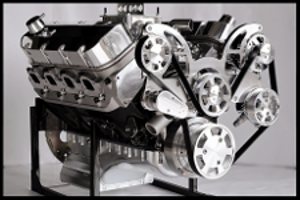
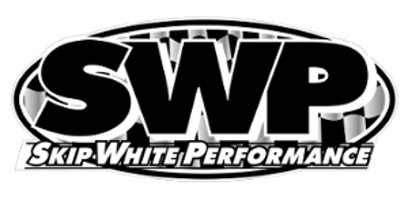

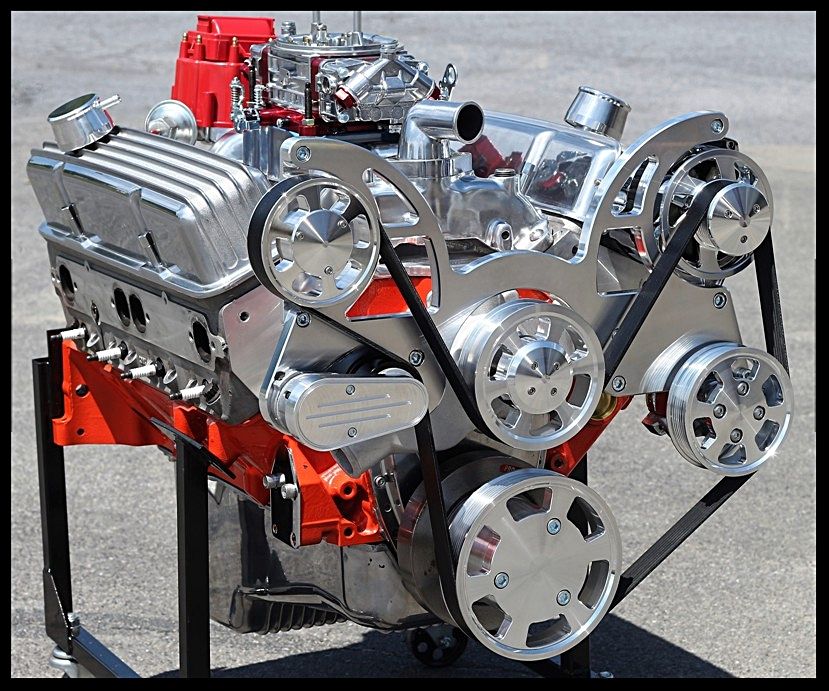
.jpg?width=1920&height=1080&fit=bounds)
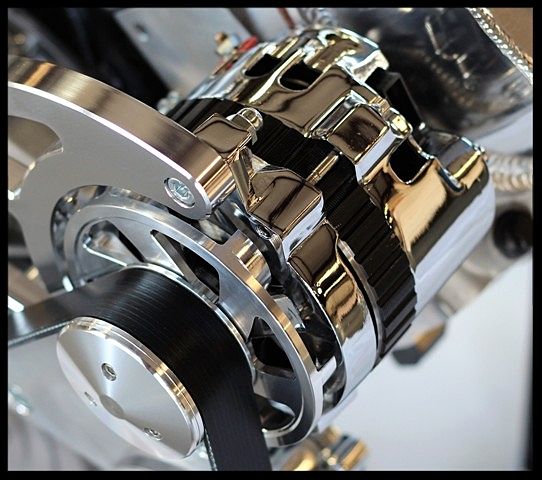
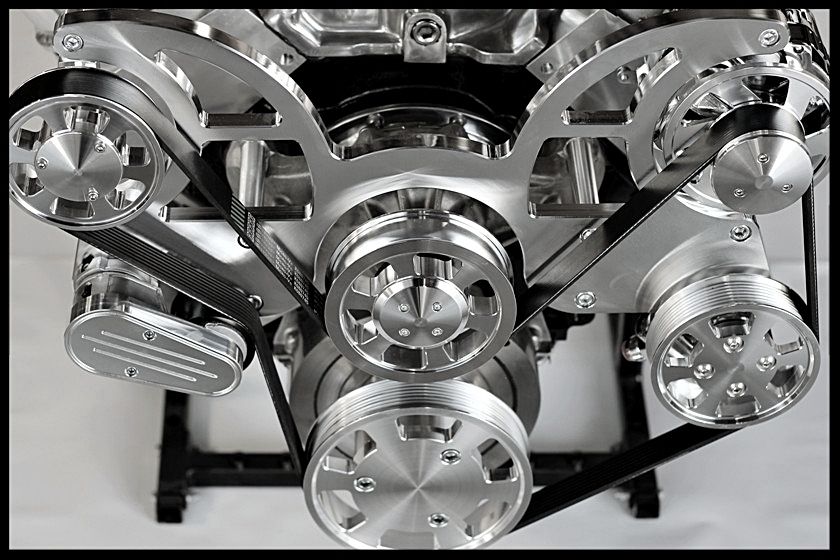
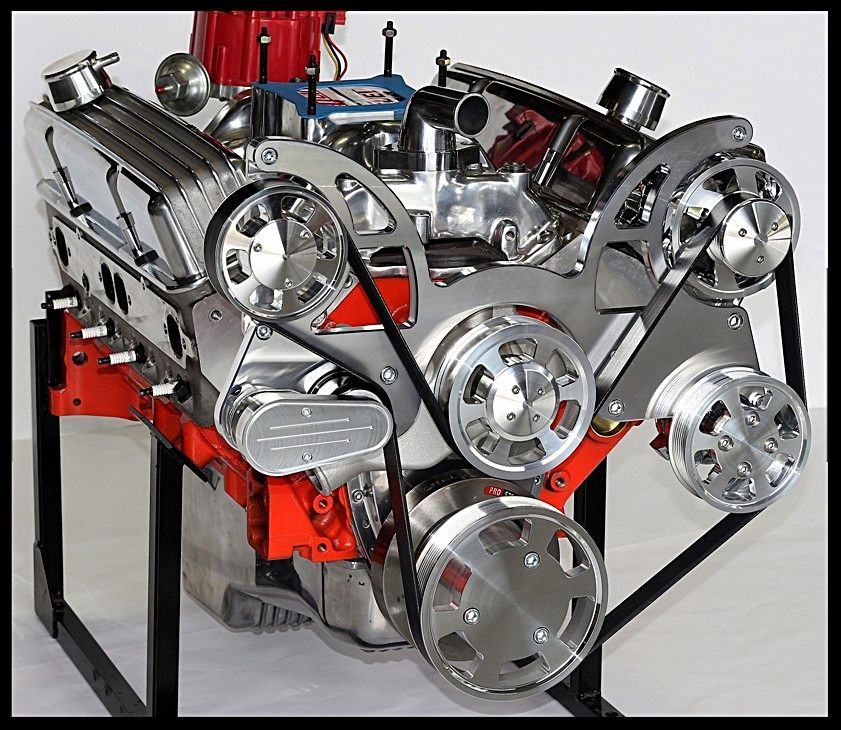
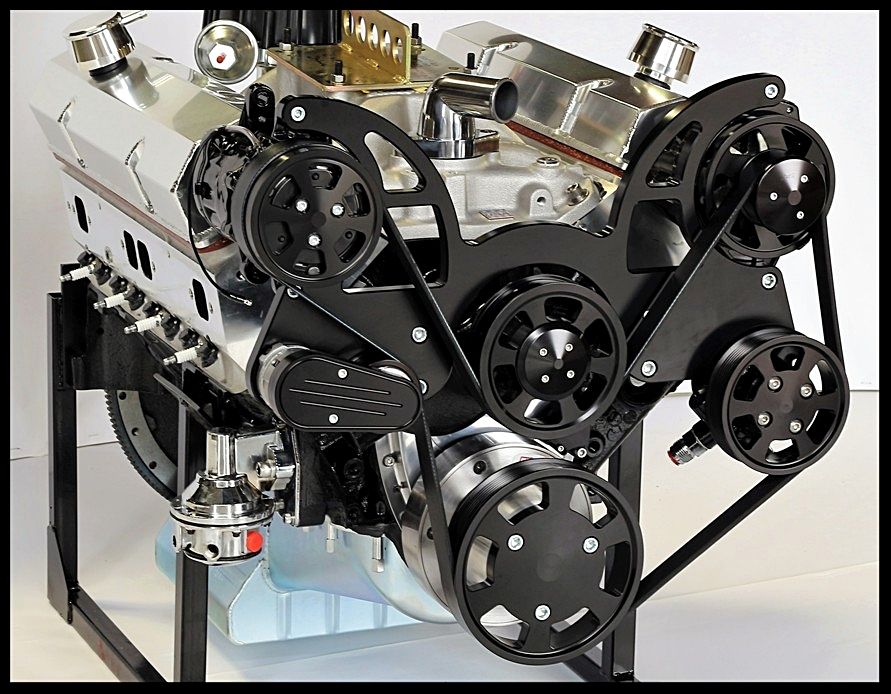
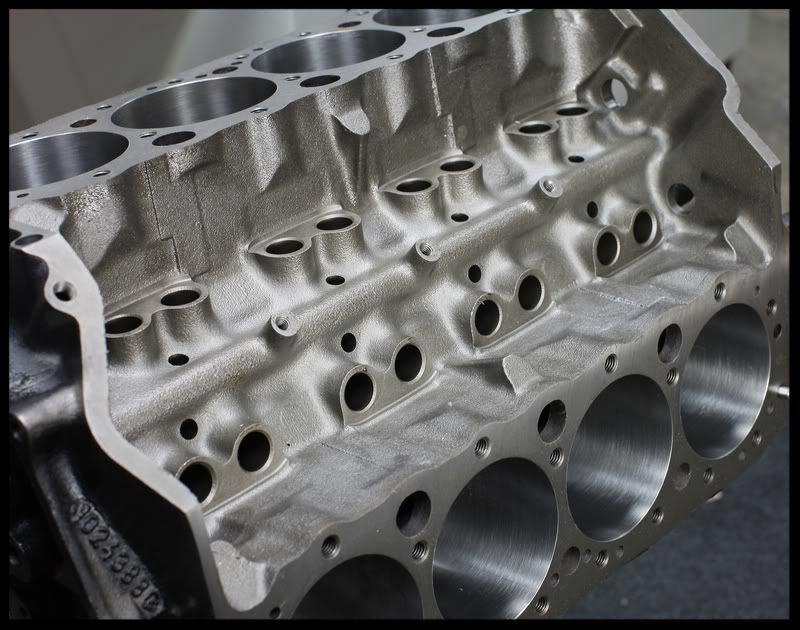

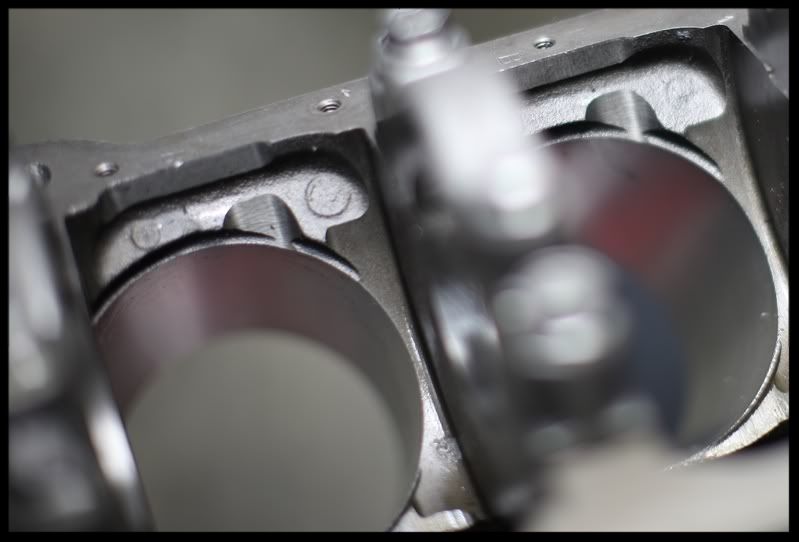
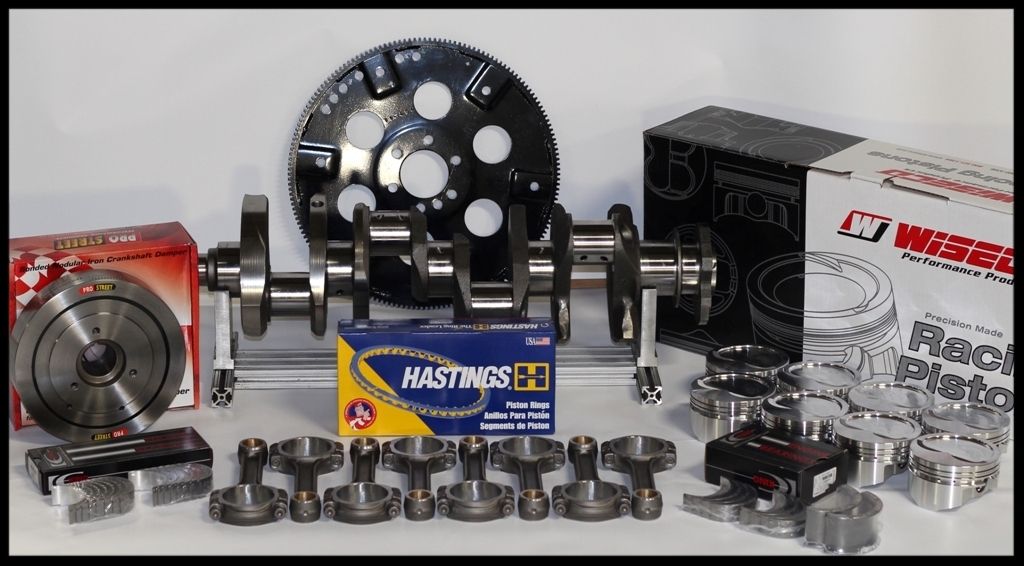
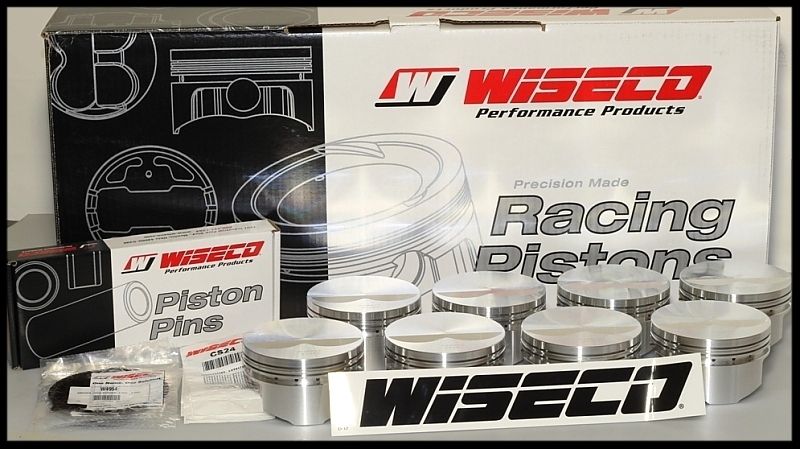

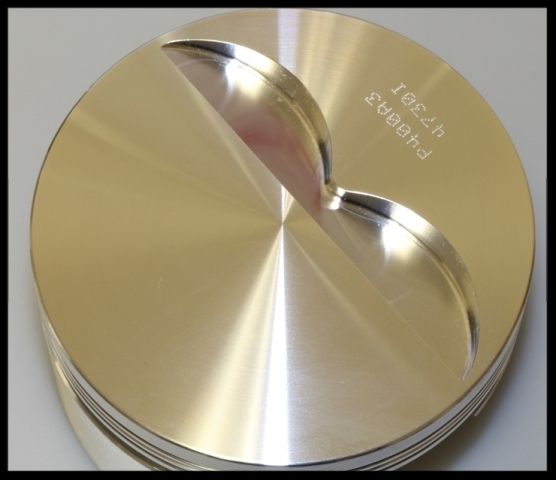

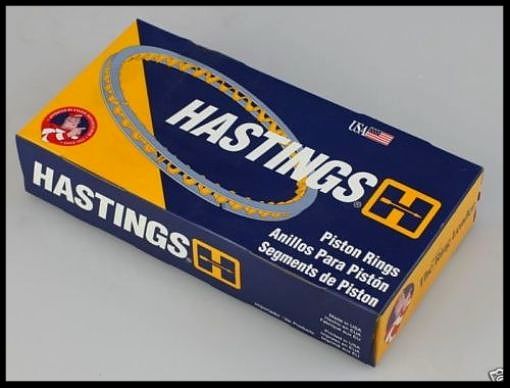
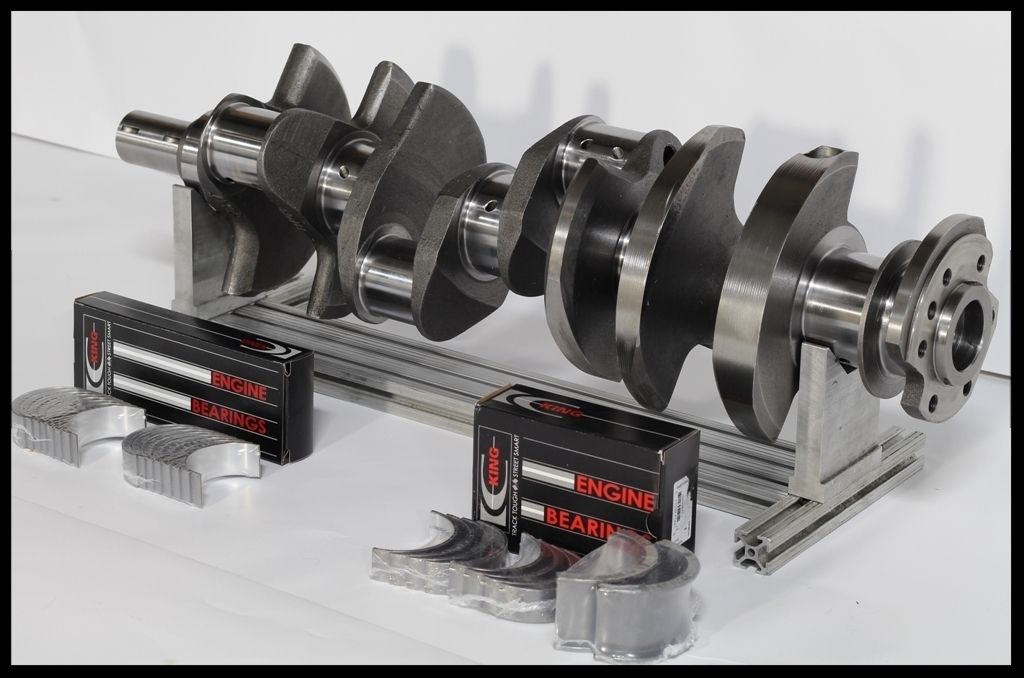
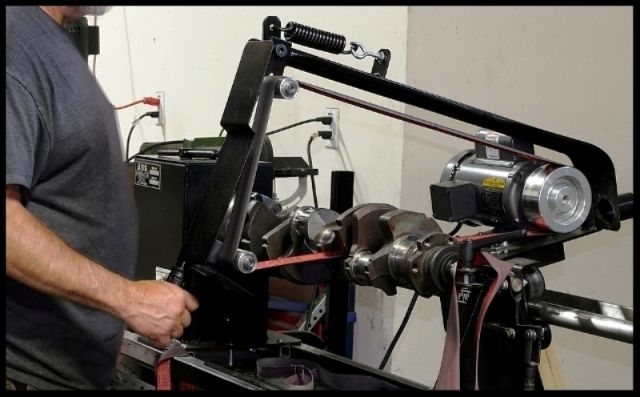
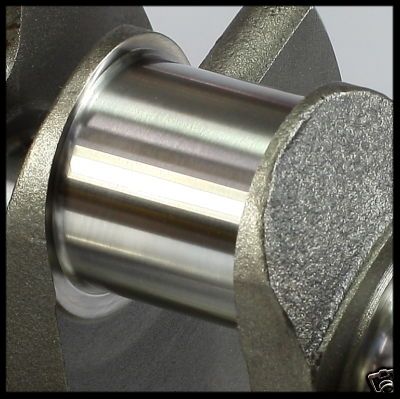

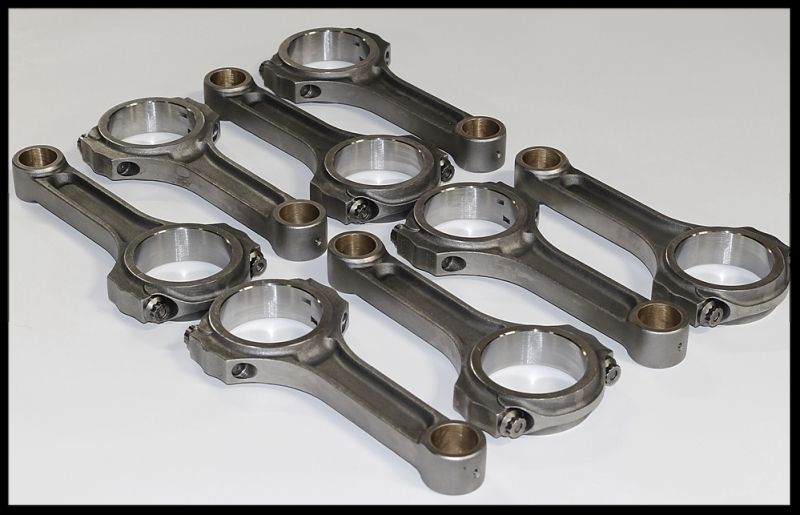
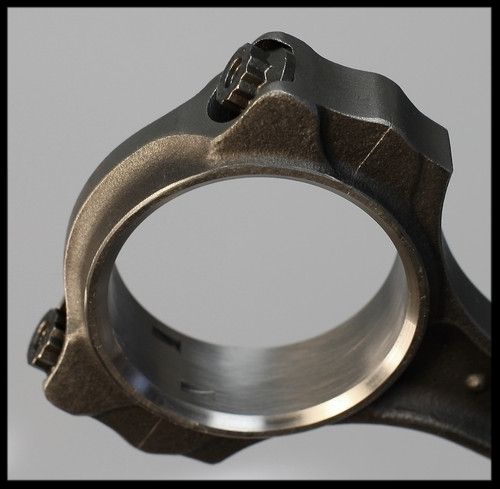
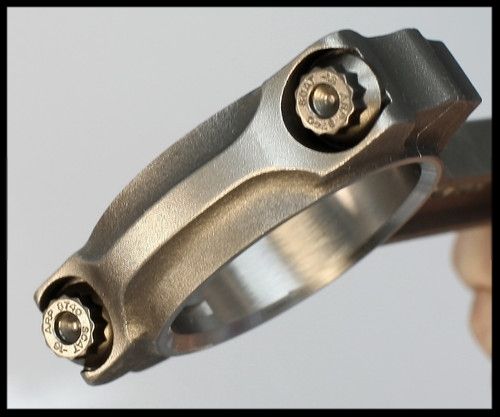
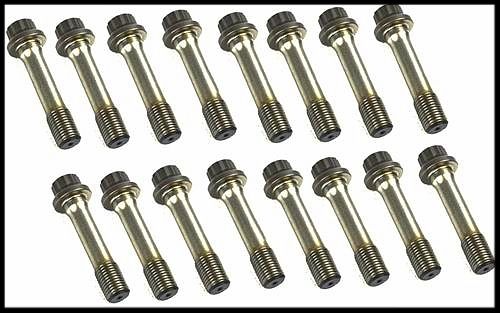
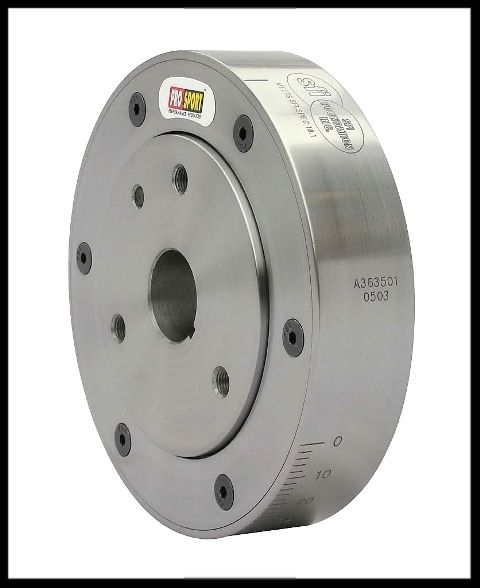
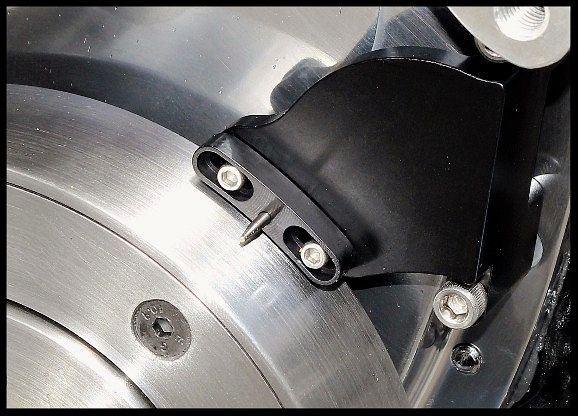

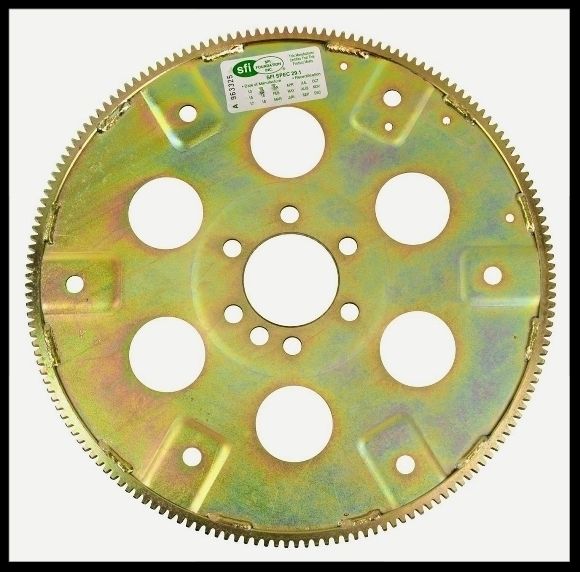
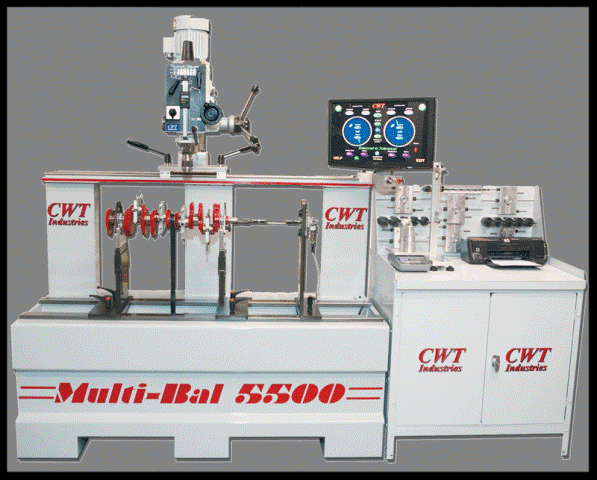
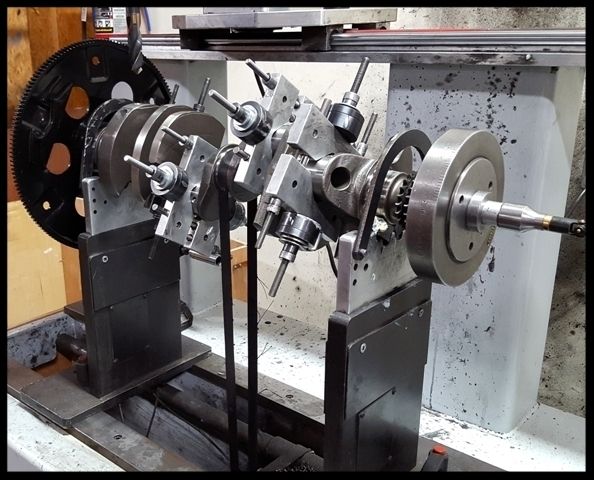

.jpg?width=1920&height=1080&fit=bounds)
.jpg?width=1920&height=1080&fit=bounds)
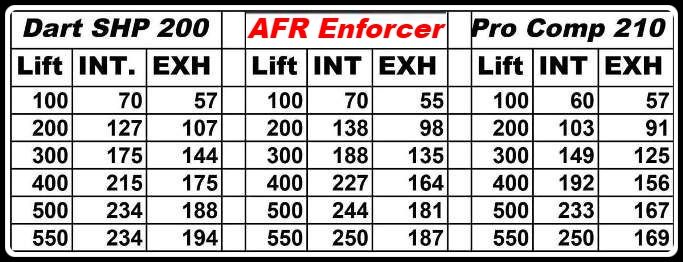
.jpg?width=1920&height=1080&fit=bounds)
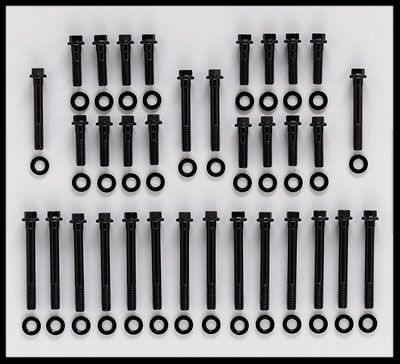
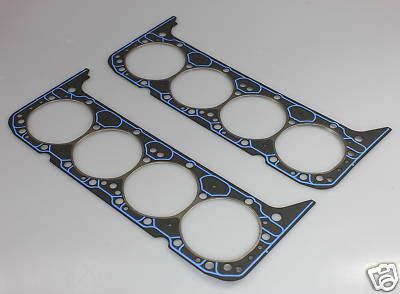

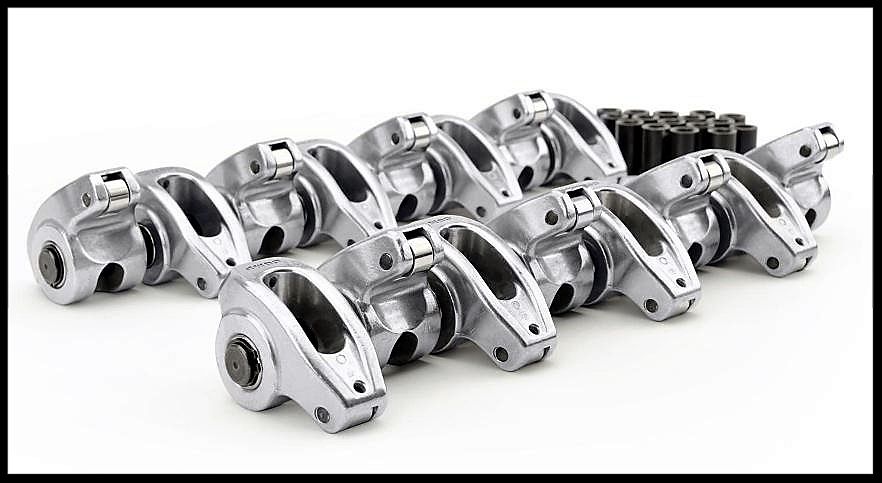

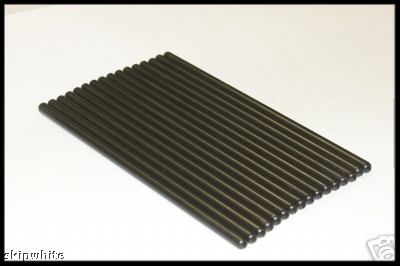
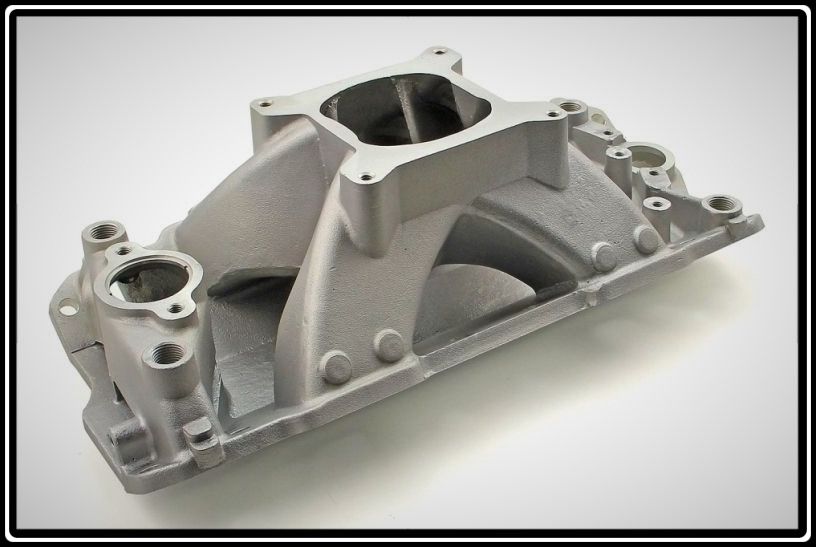
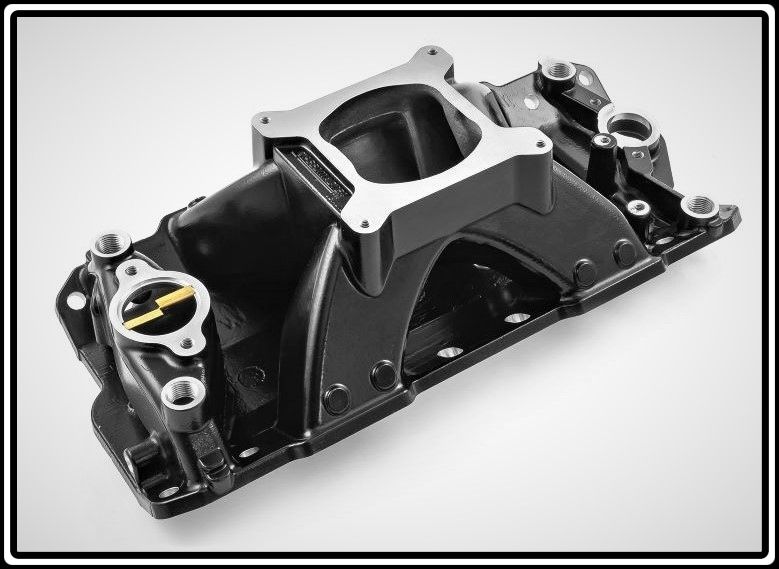
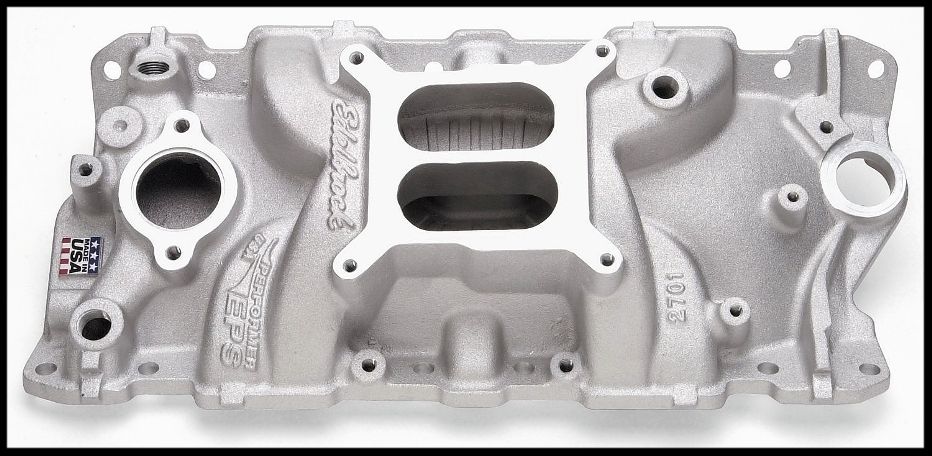
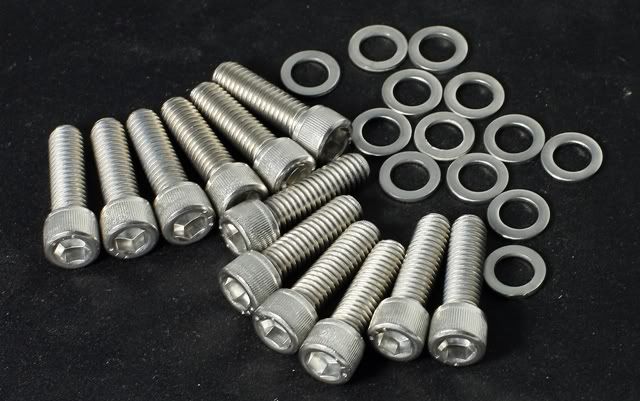

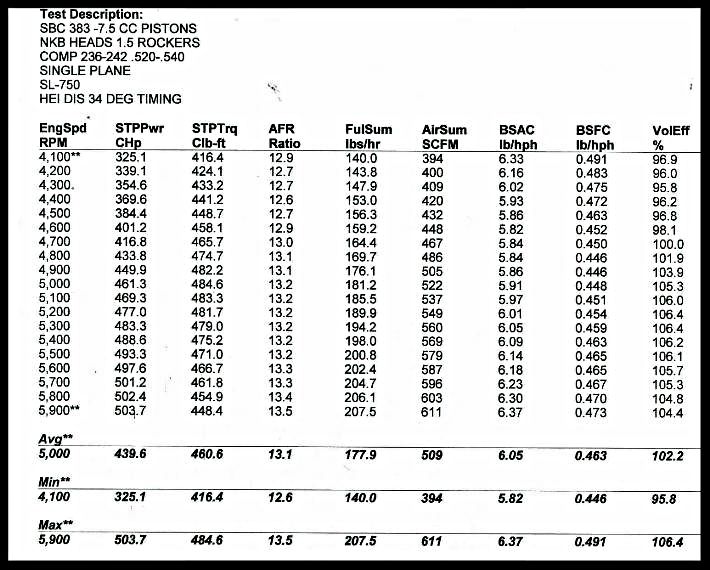
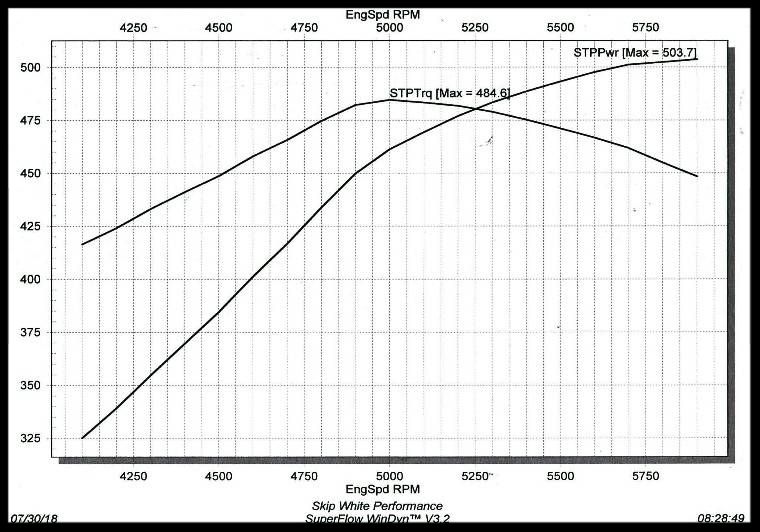

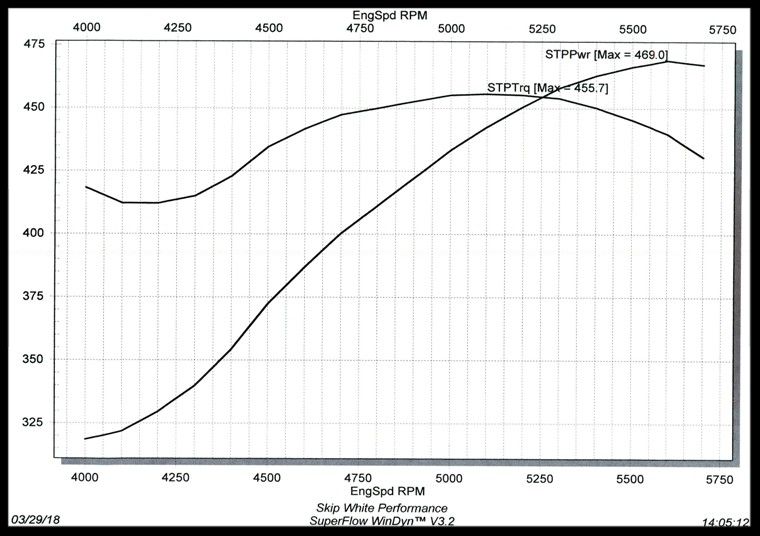
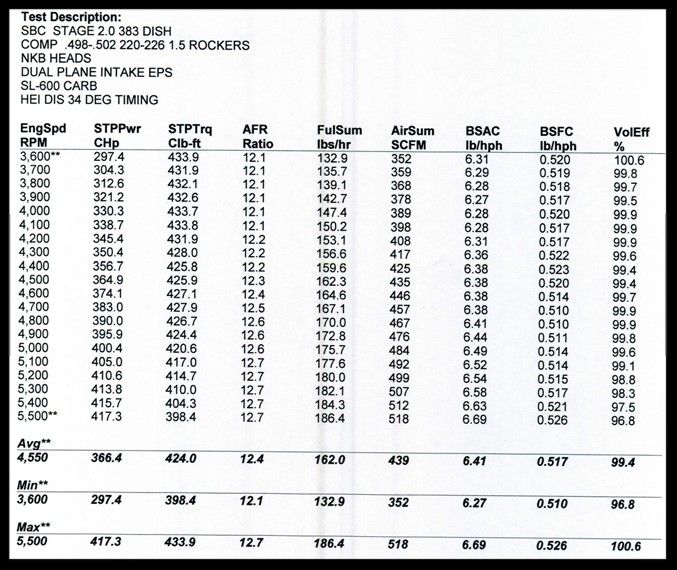
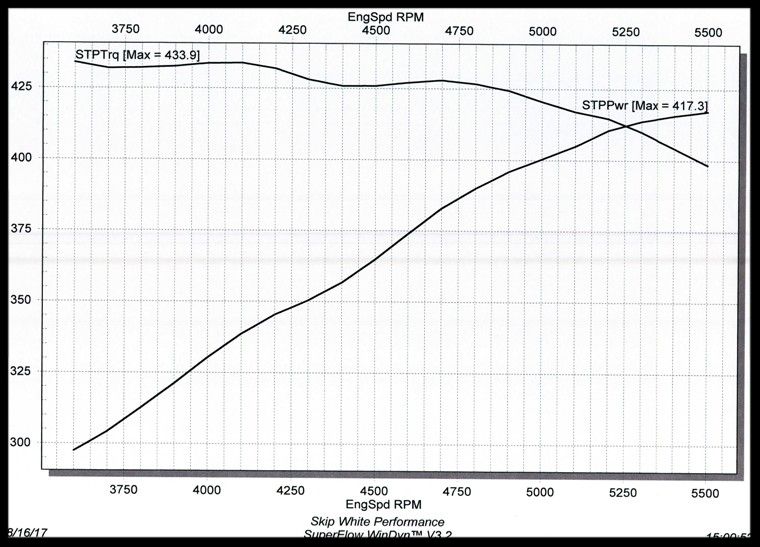
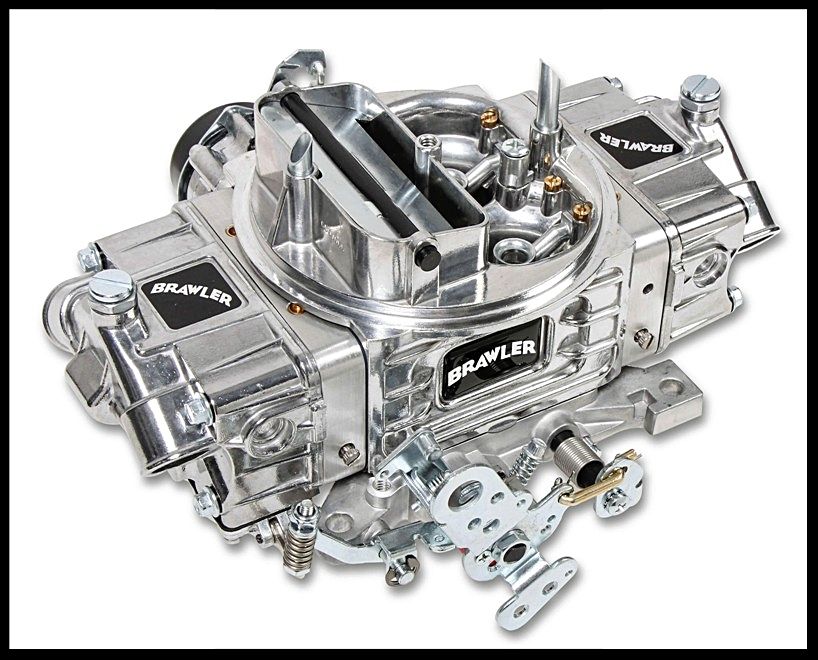
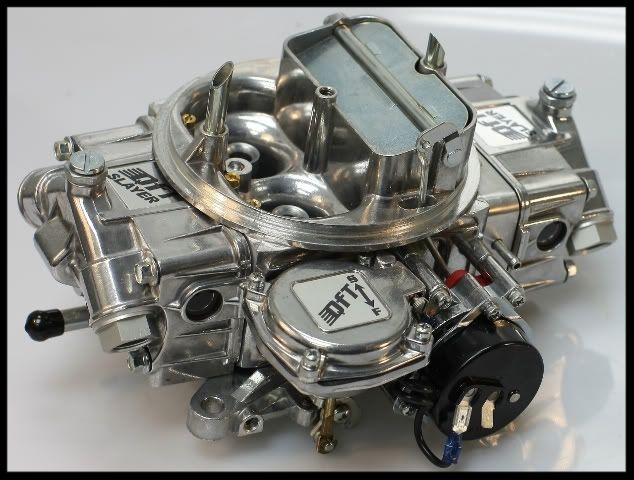
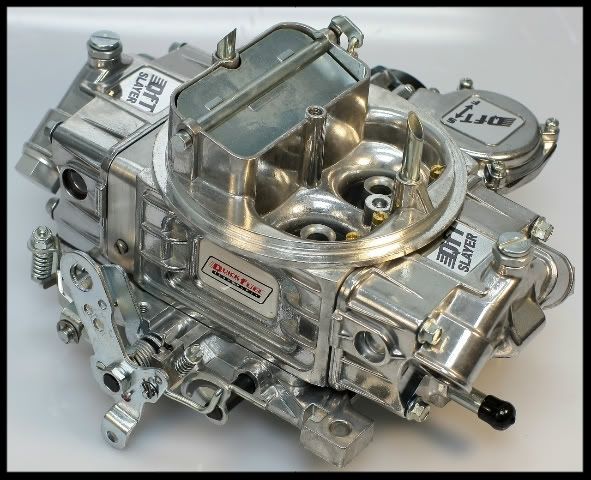
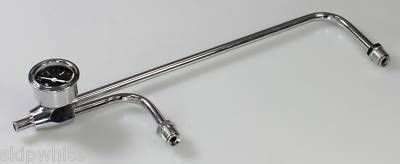
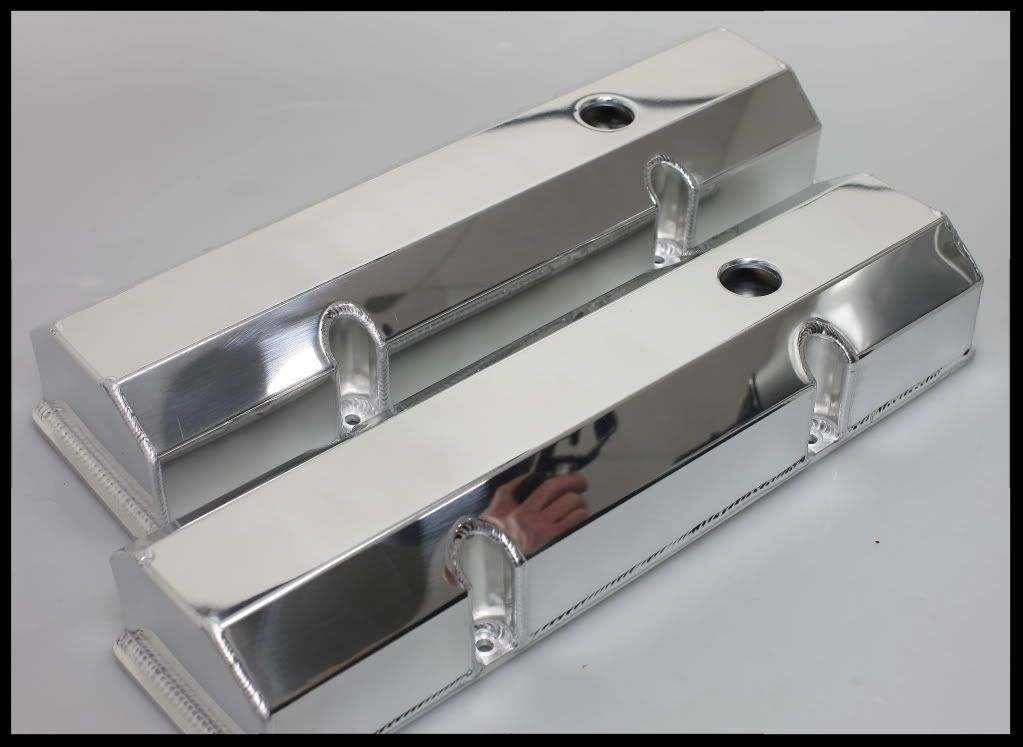
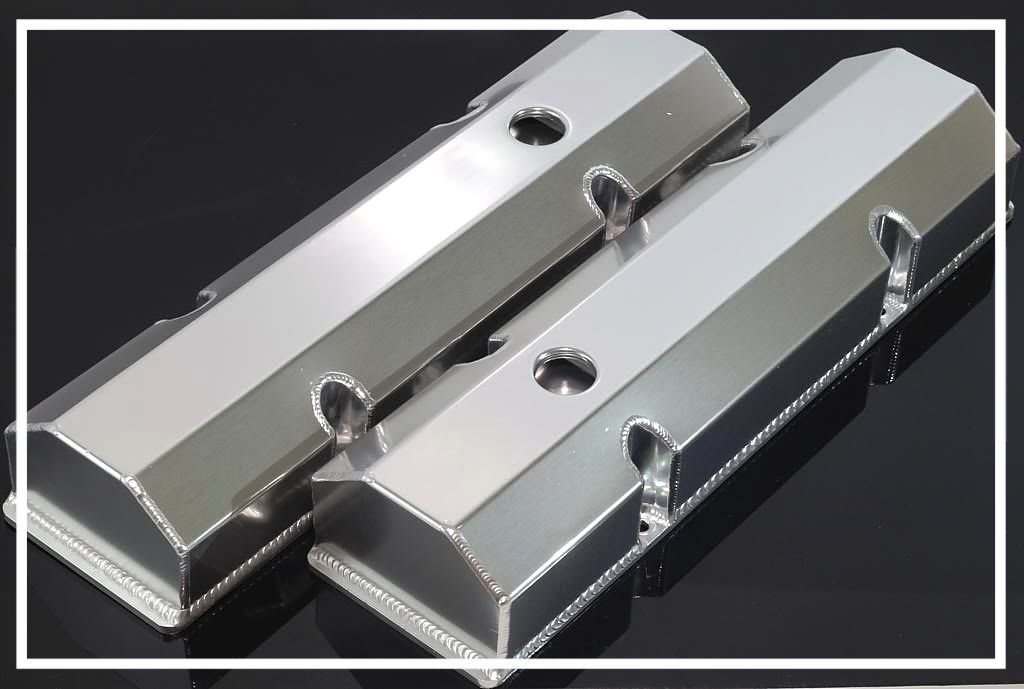
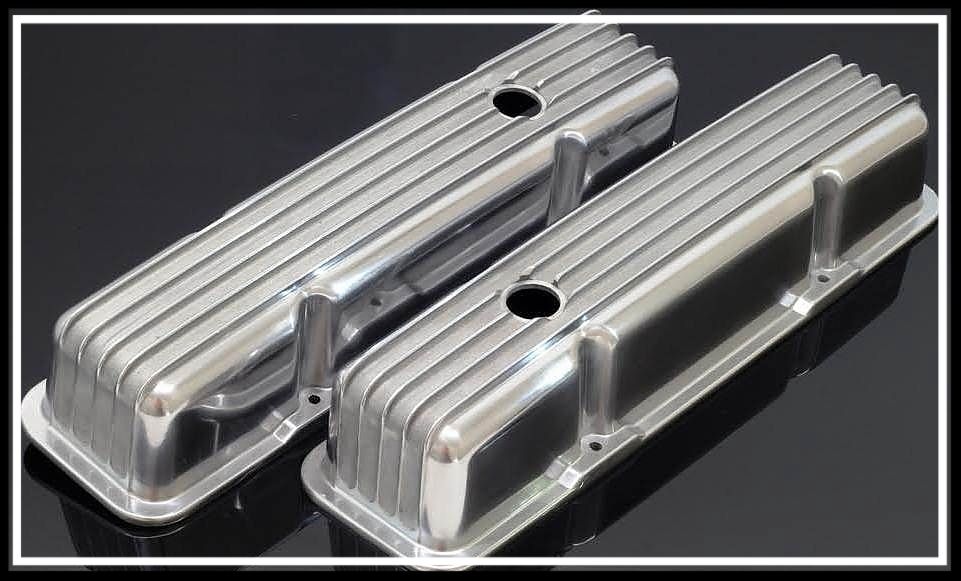
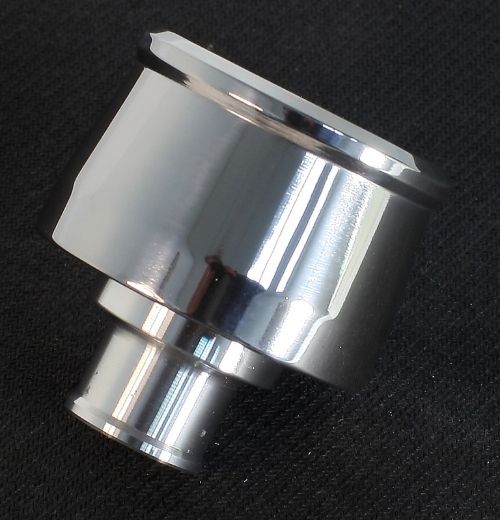
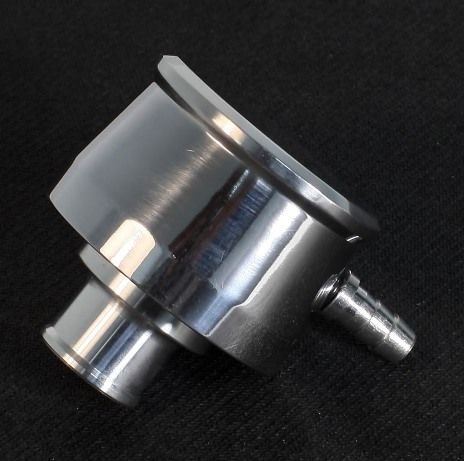
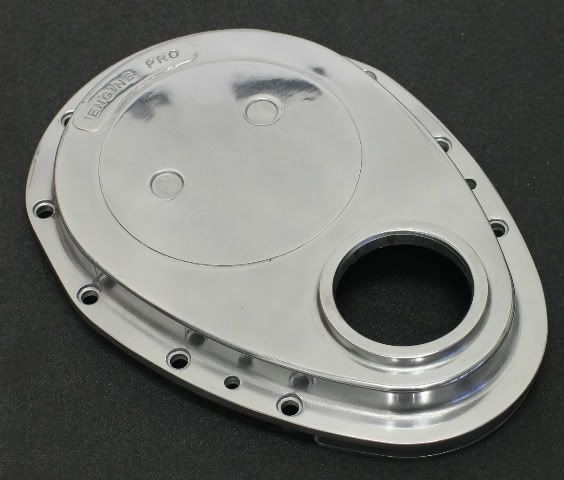
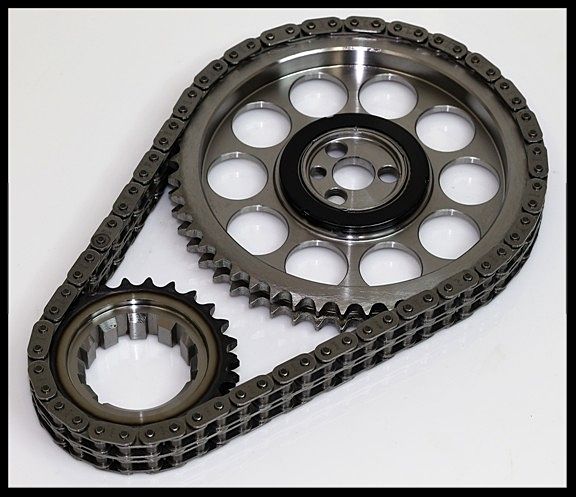
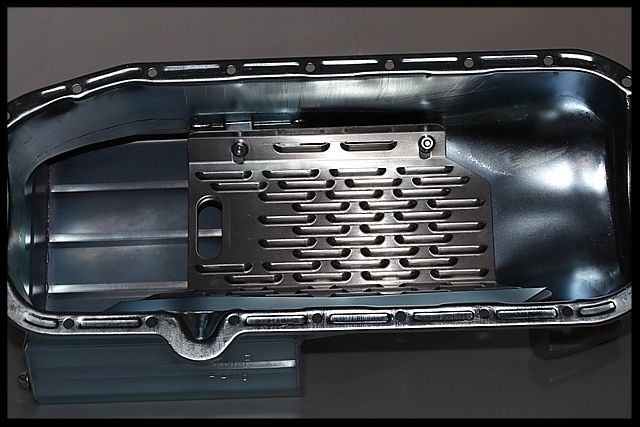
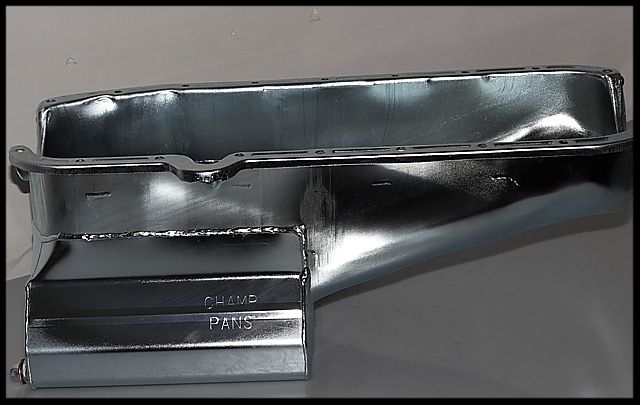
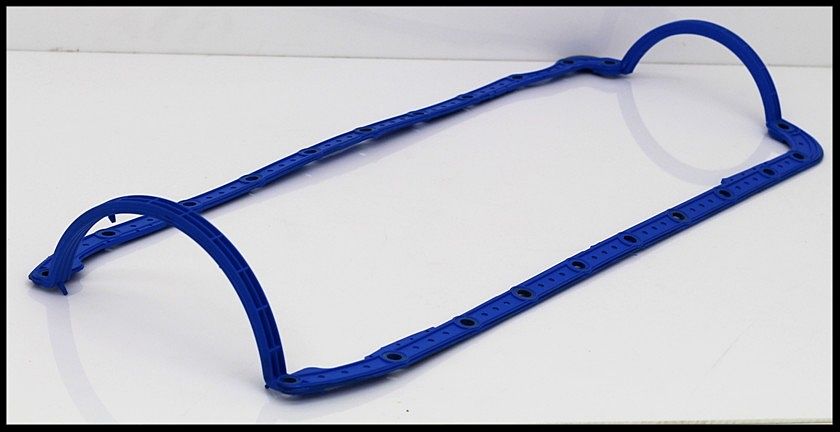
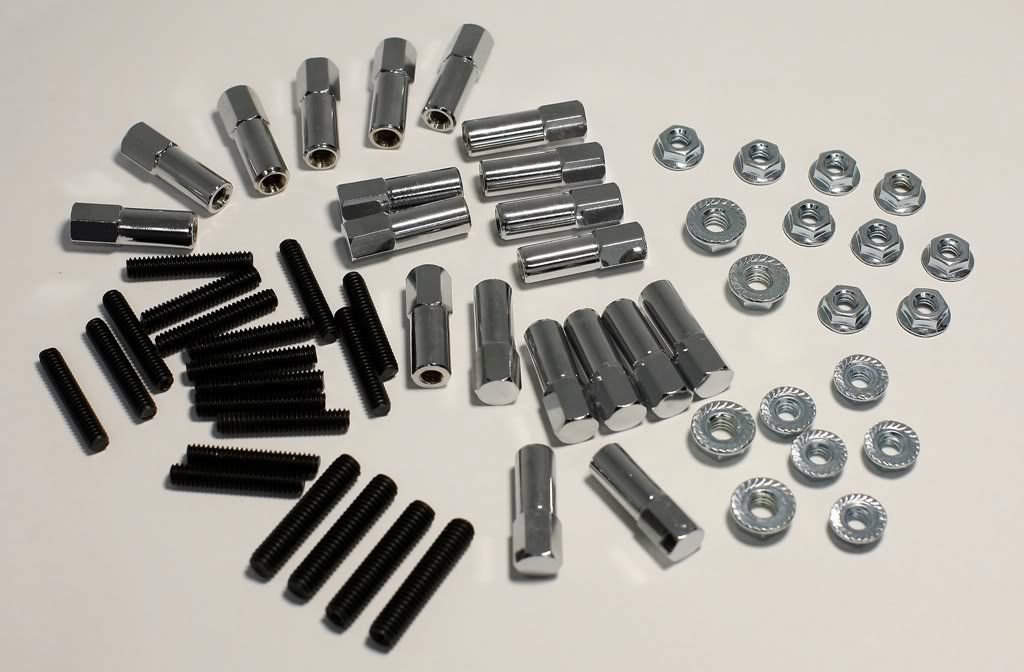
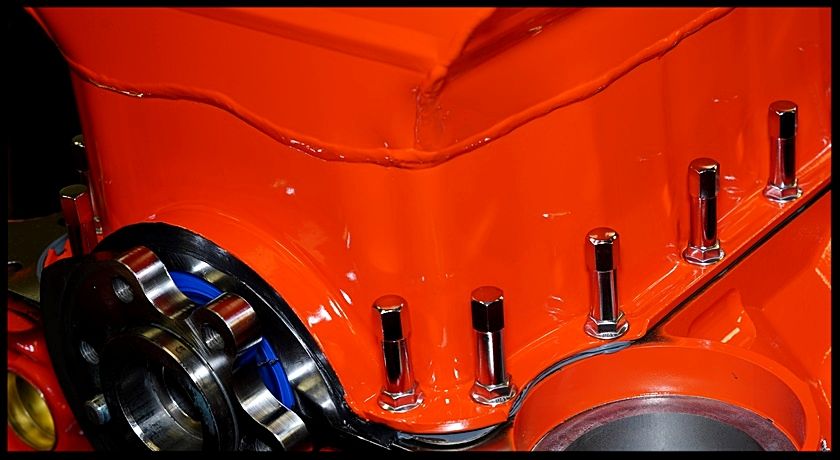

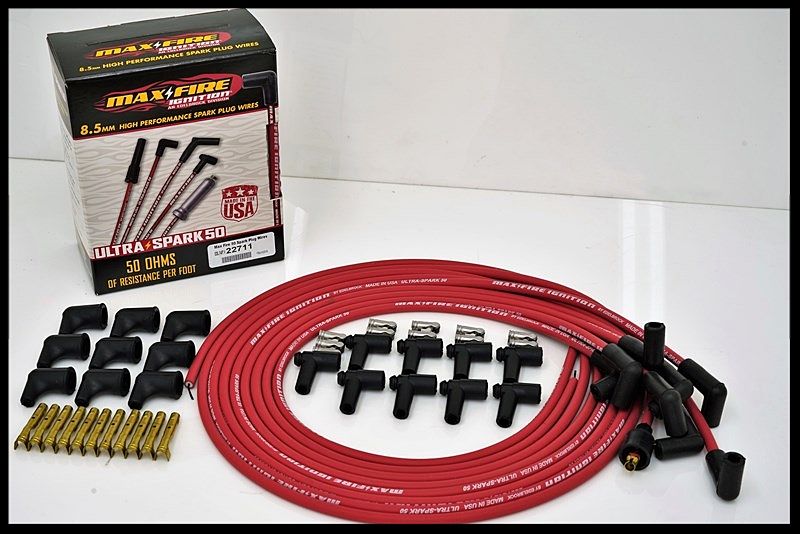

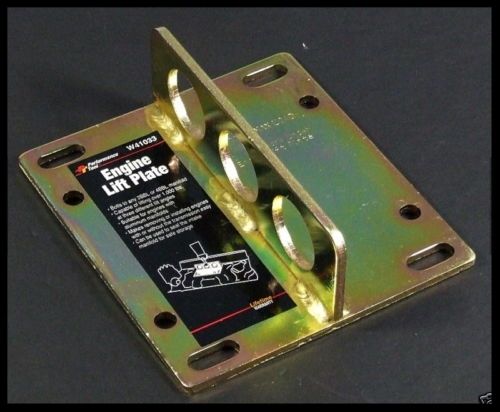

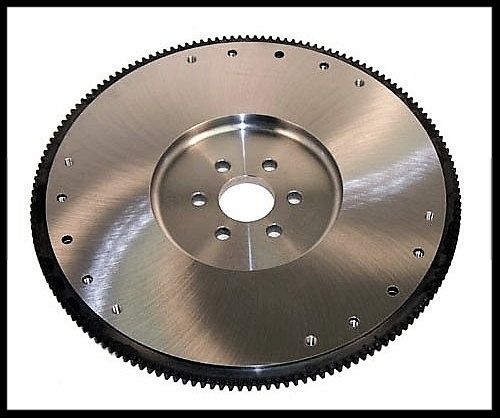

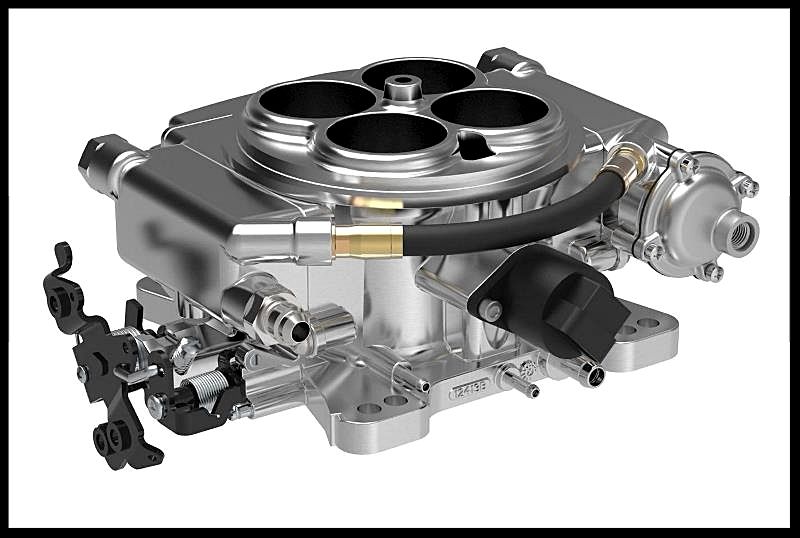
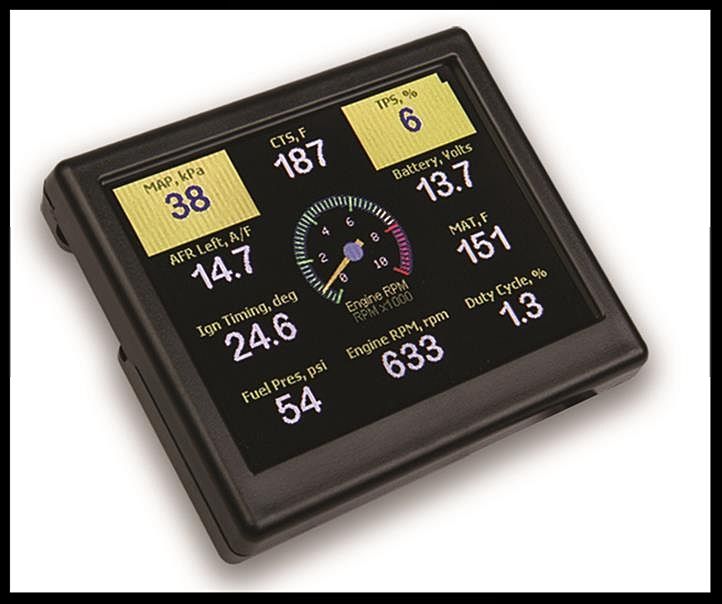
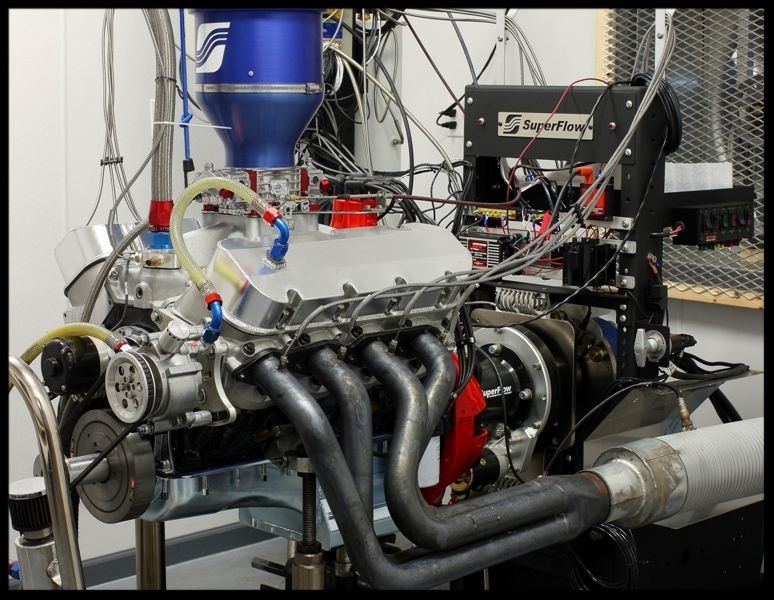
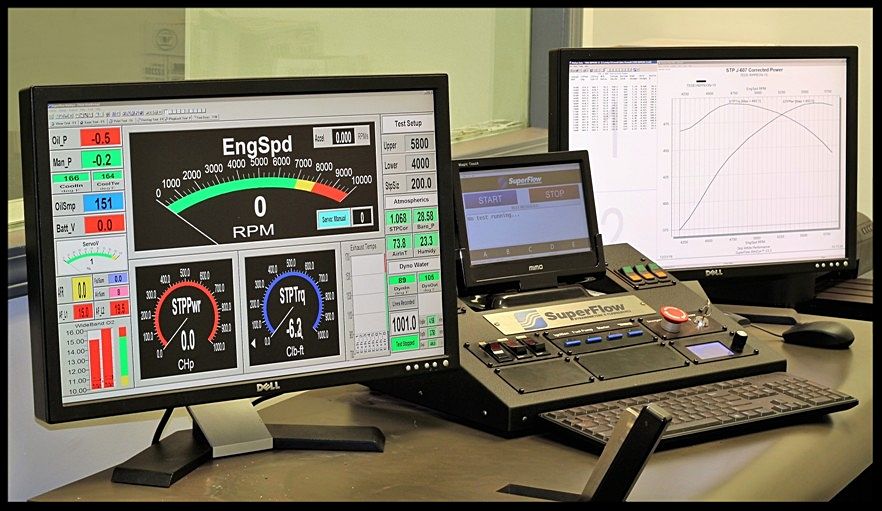
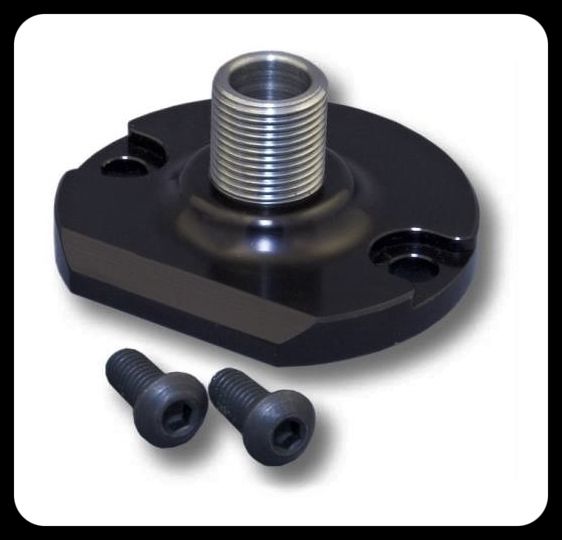
.jpg?width=1920&height=1080&fit=bounds)
.jpg?width=1920&height=1080&fit=bounds)
